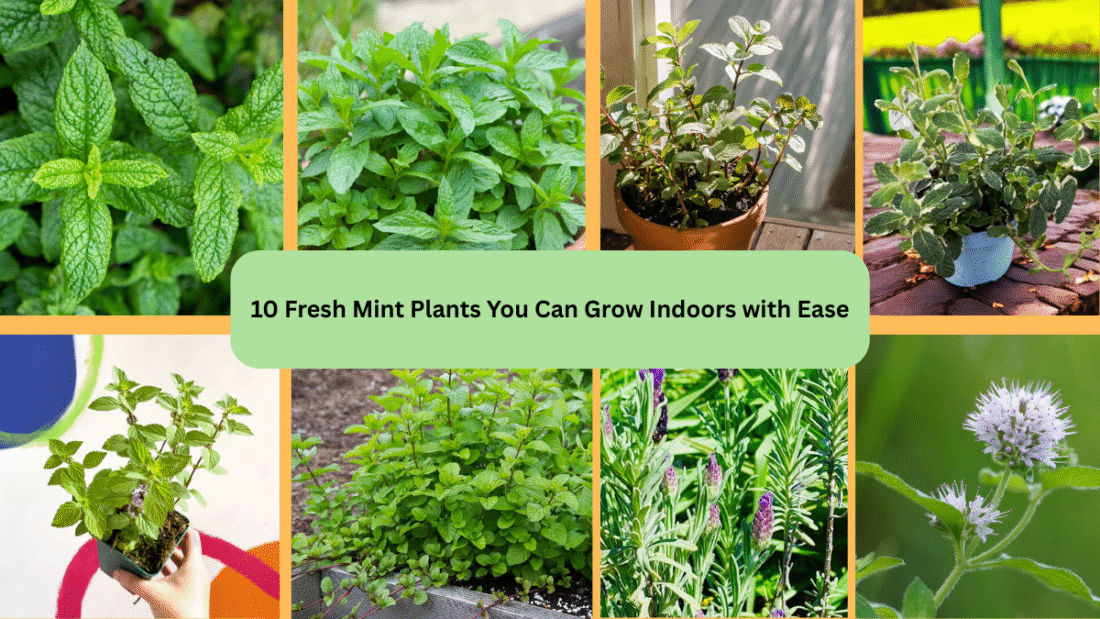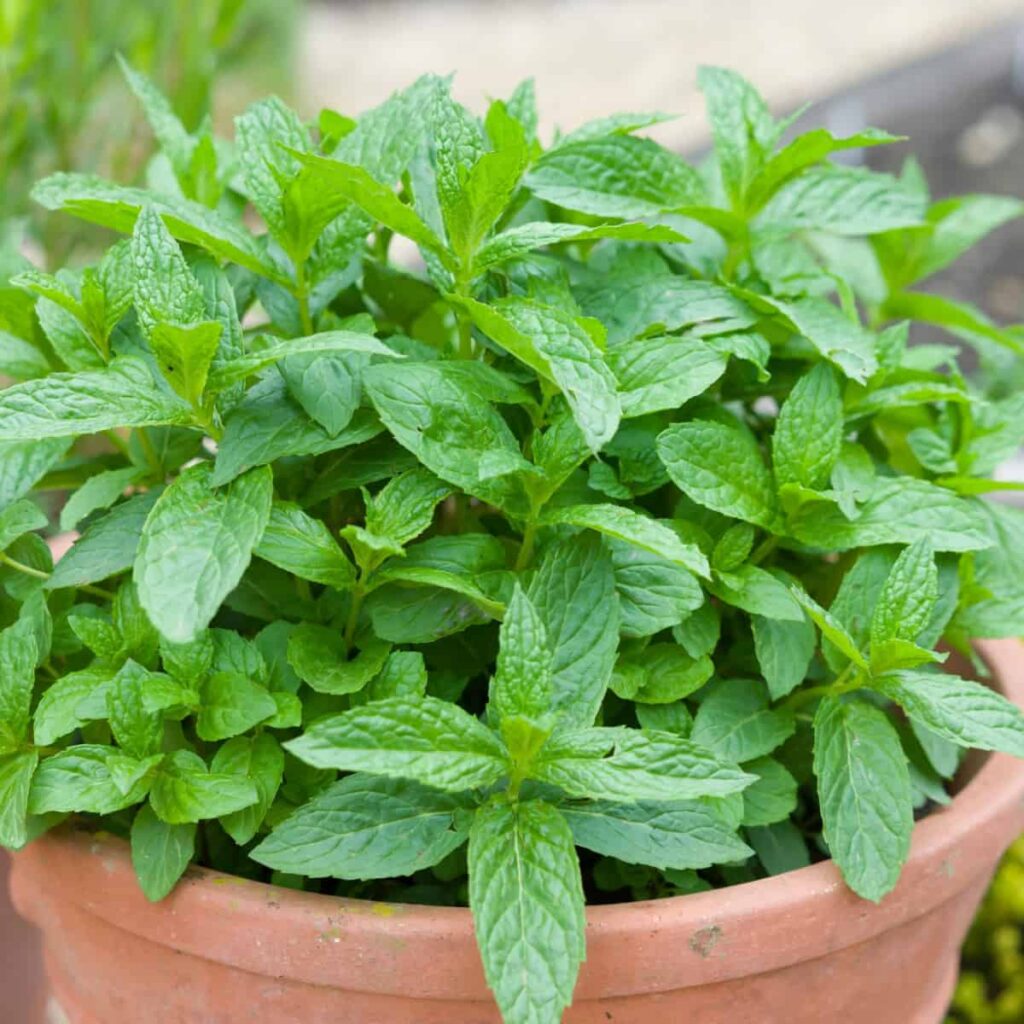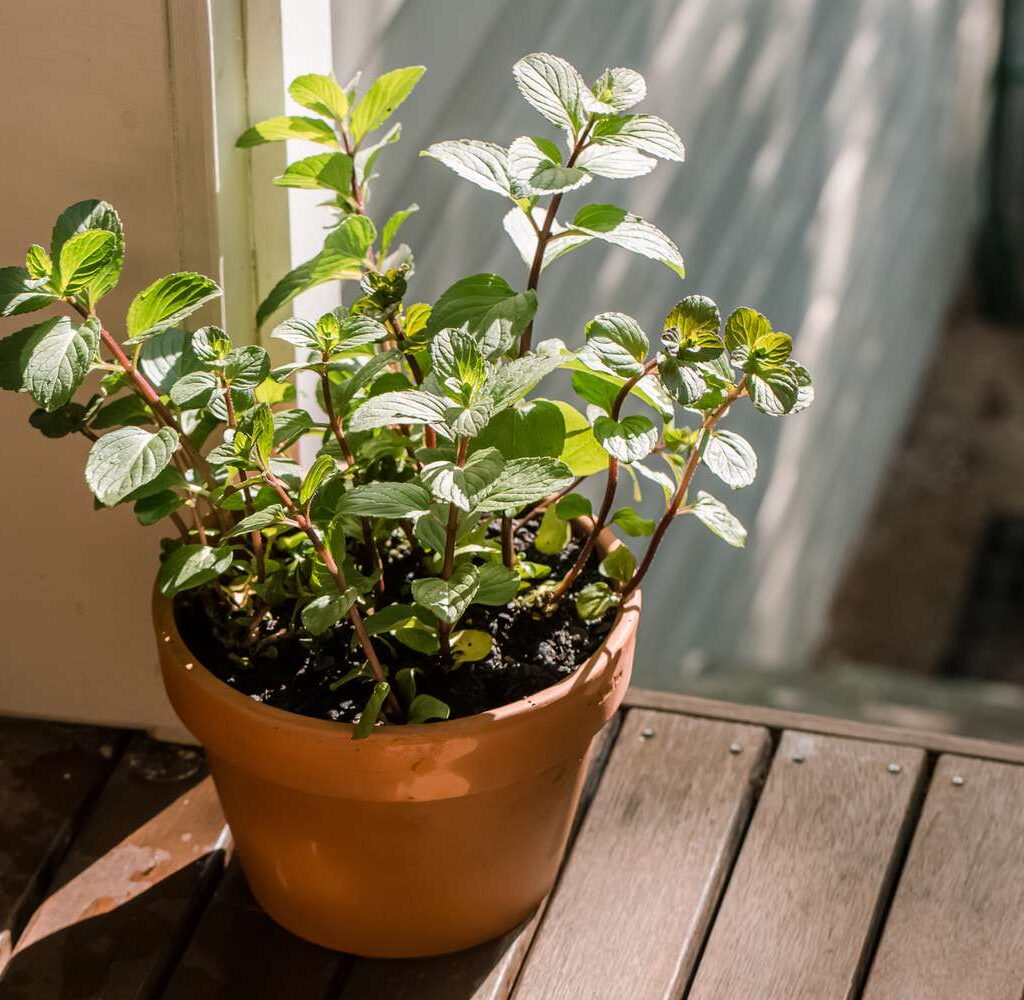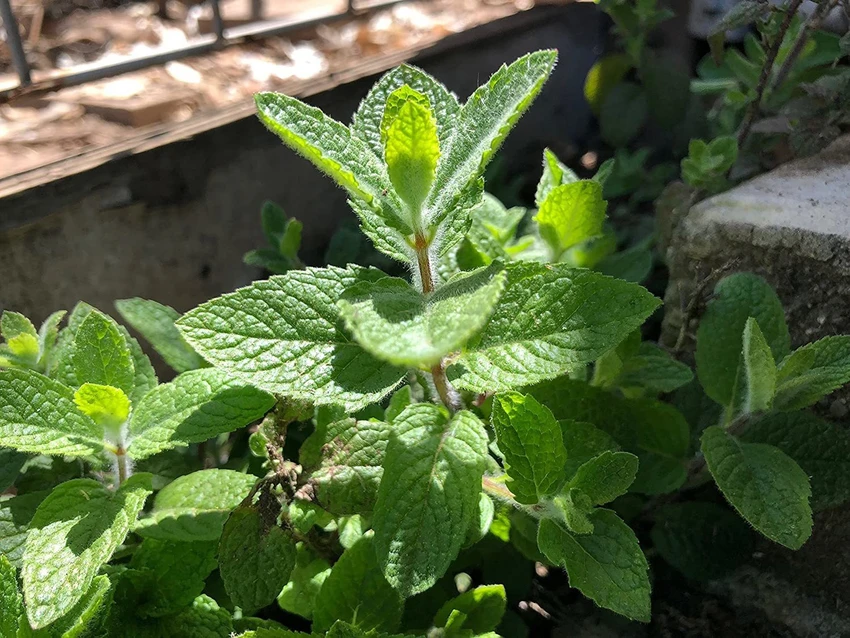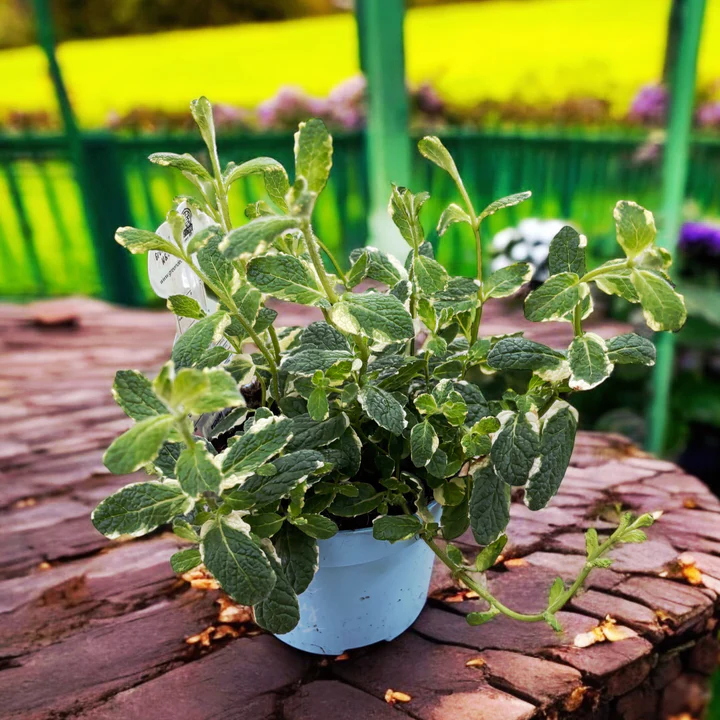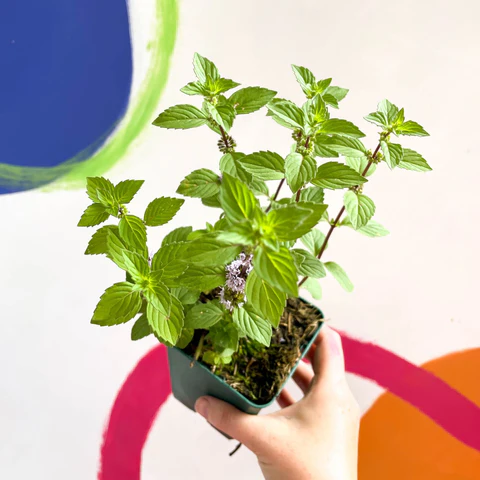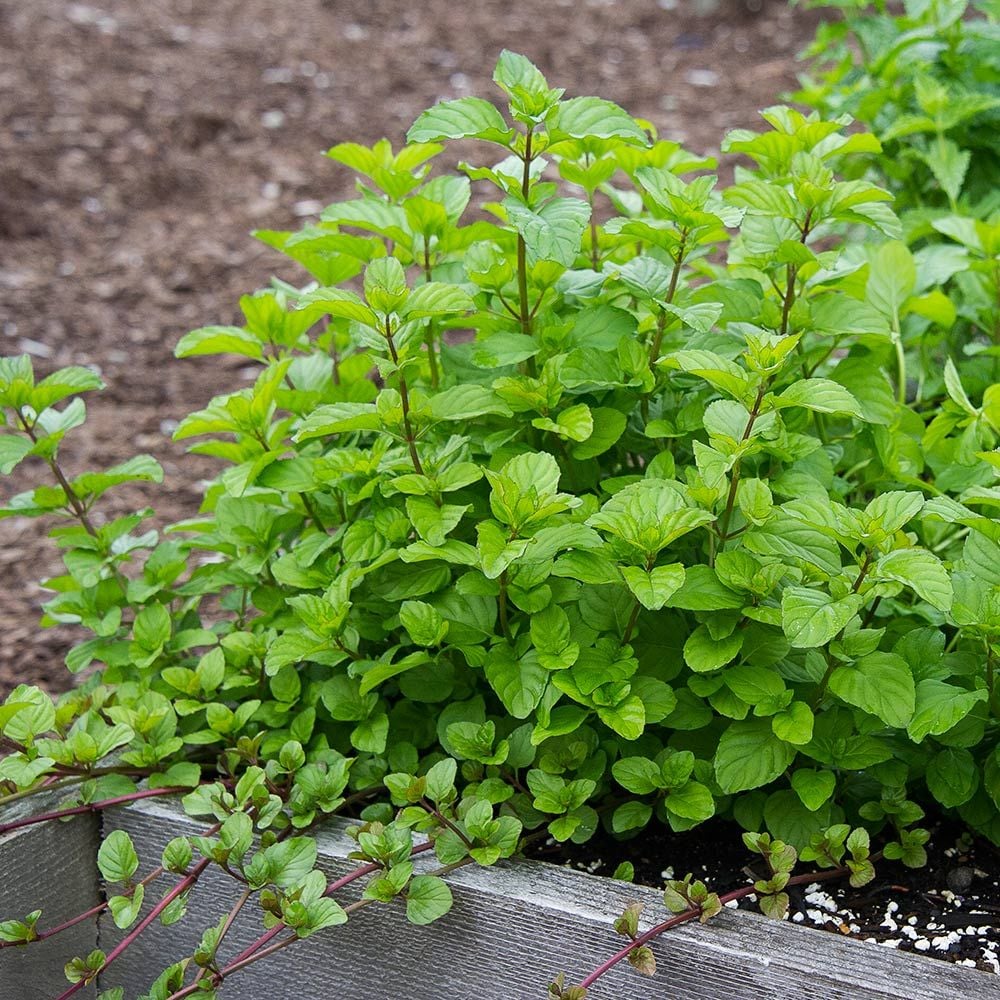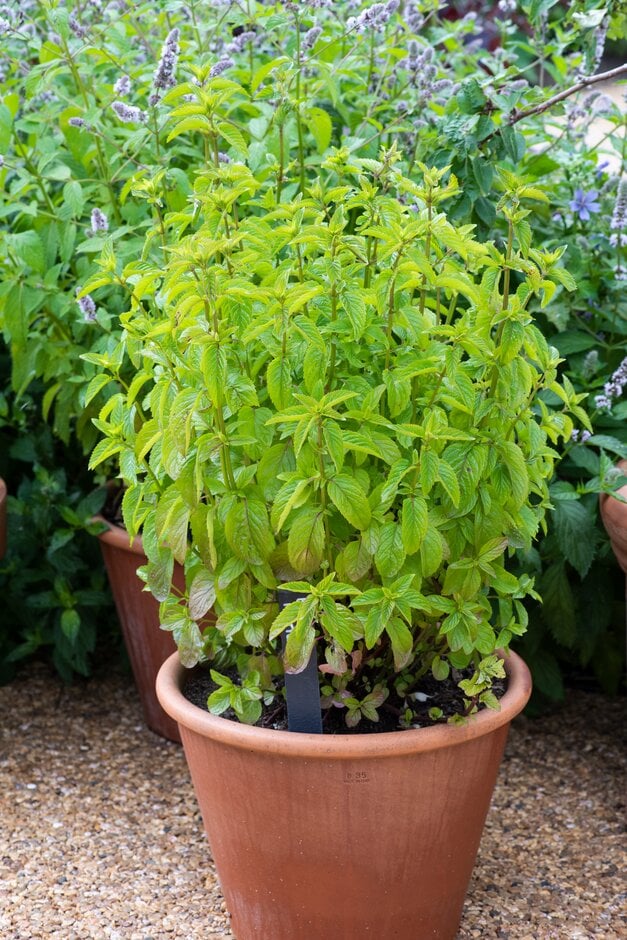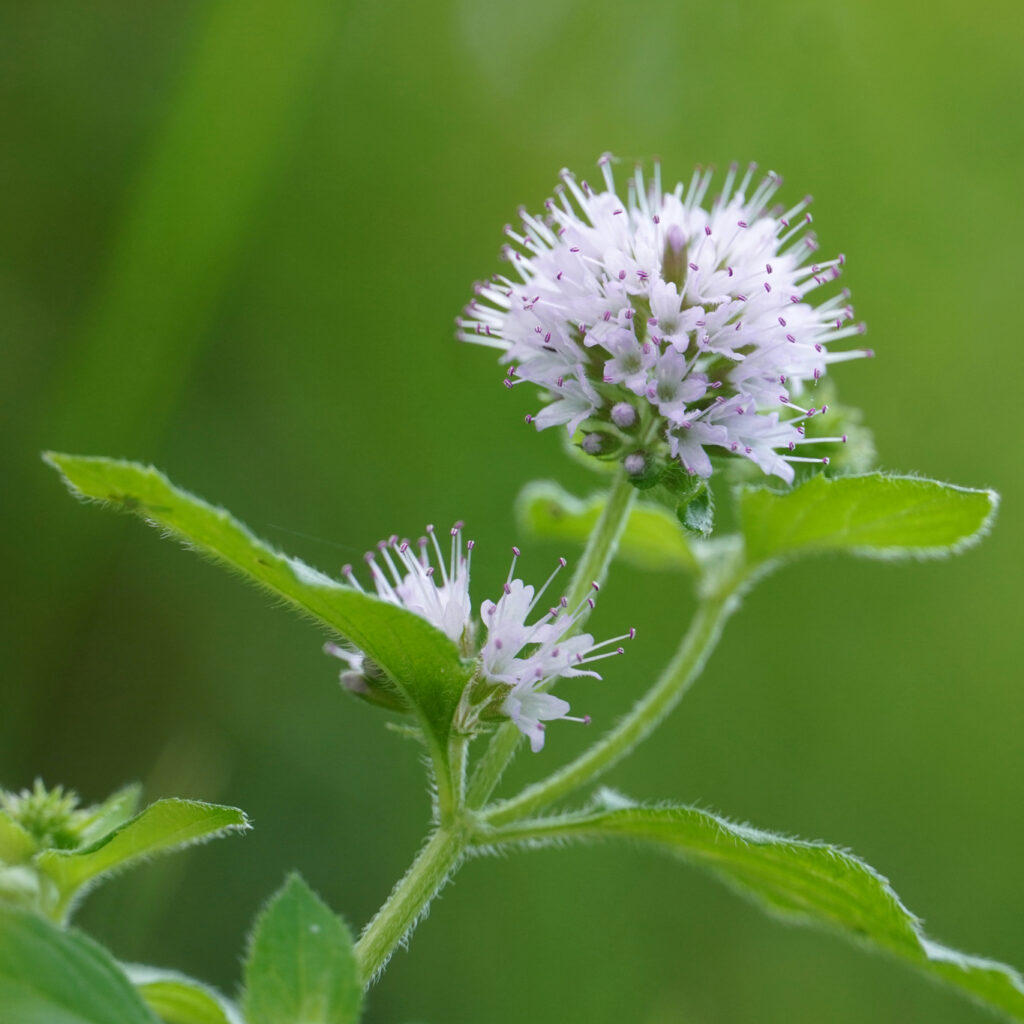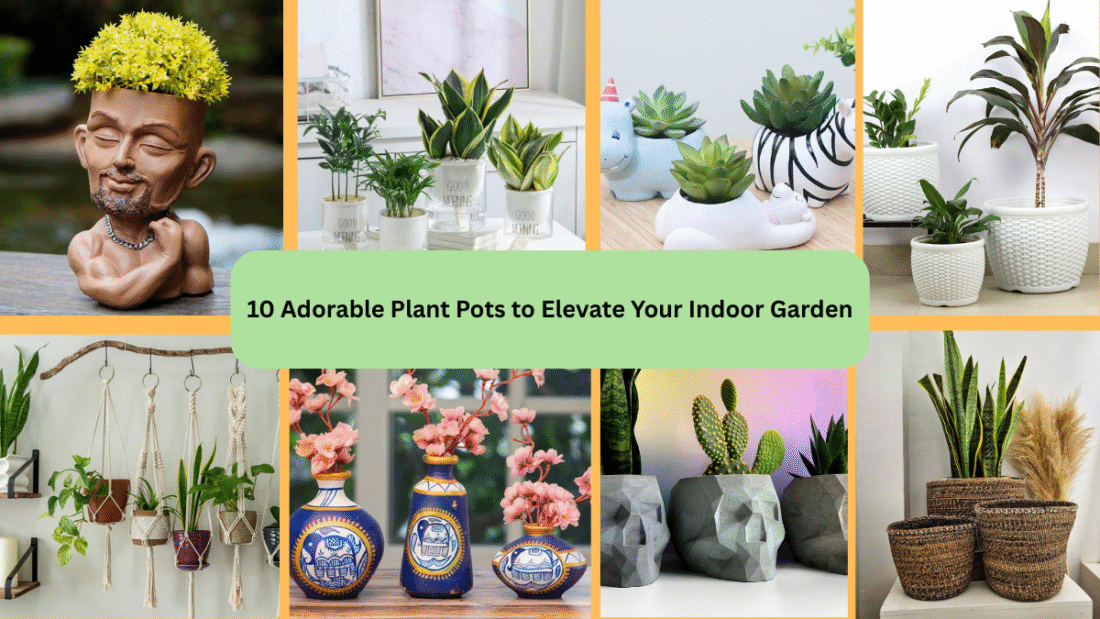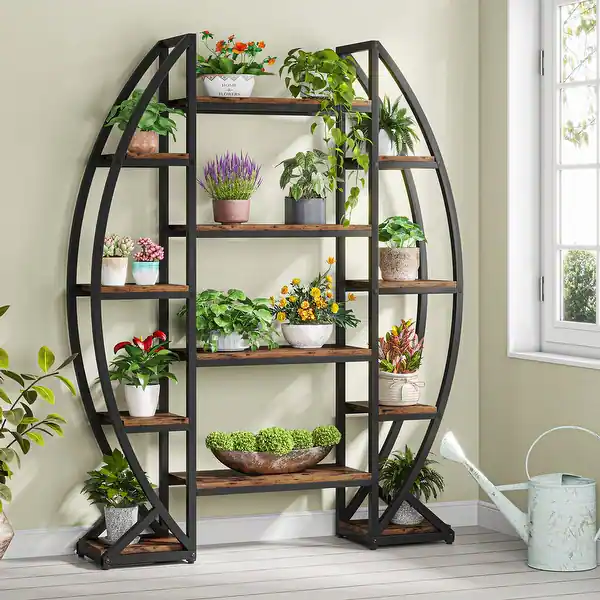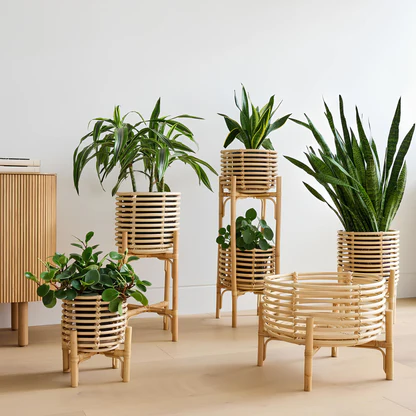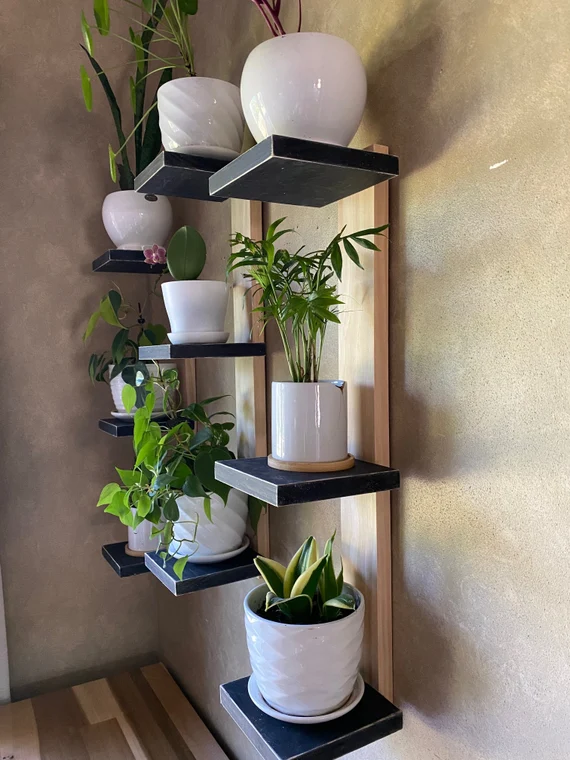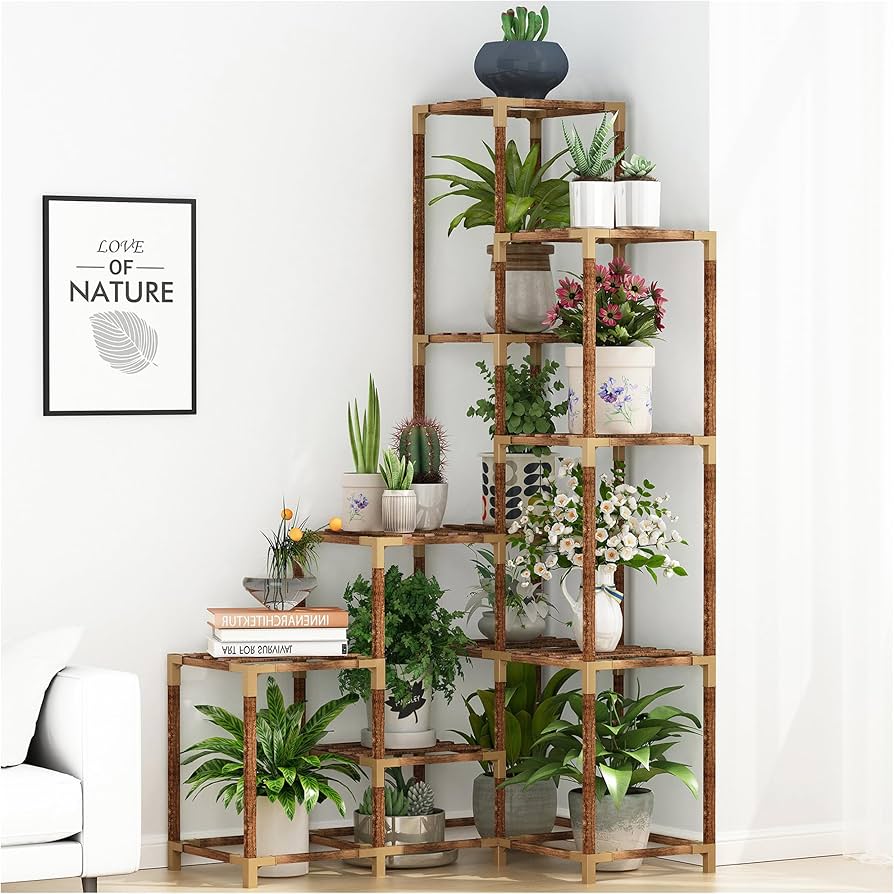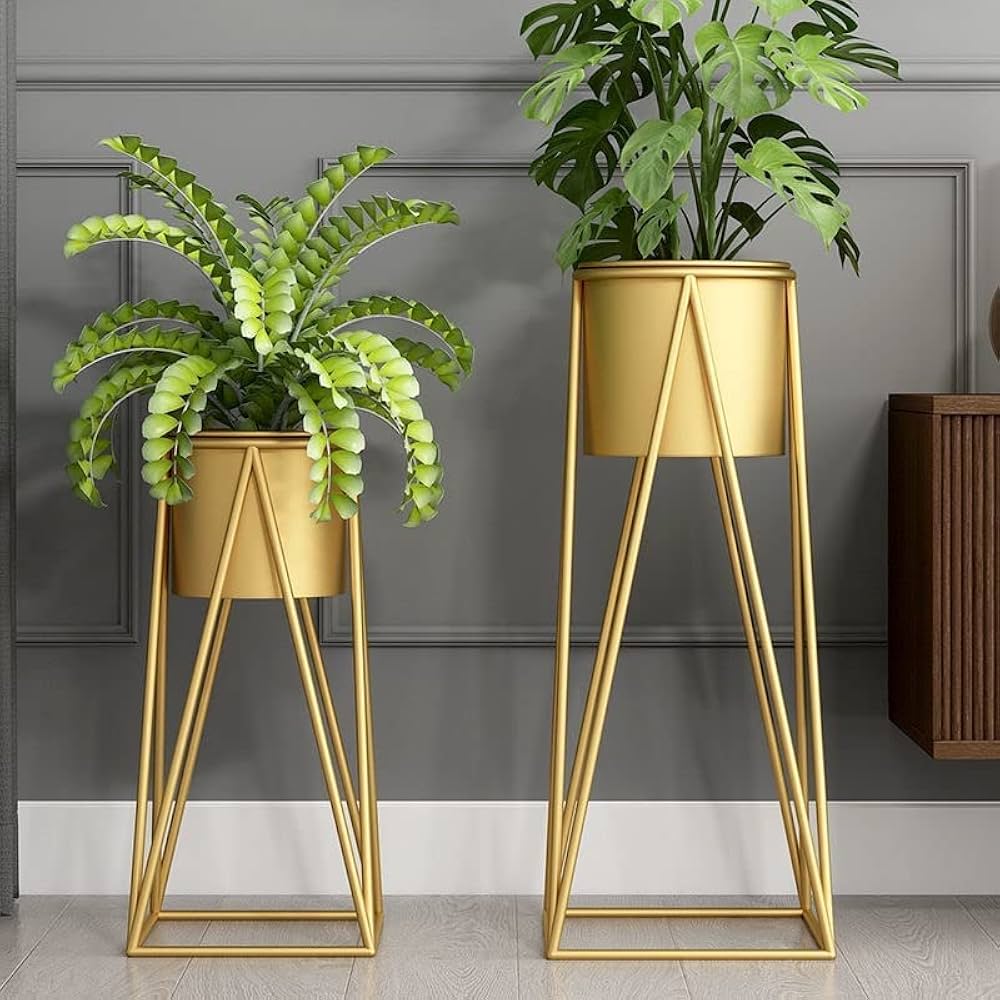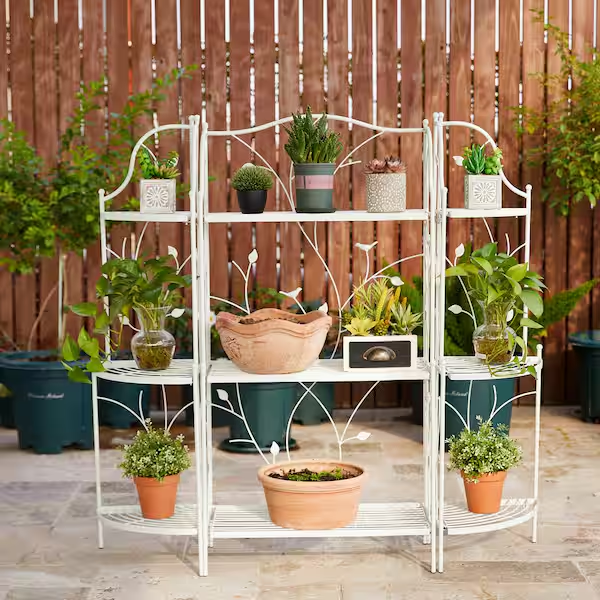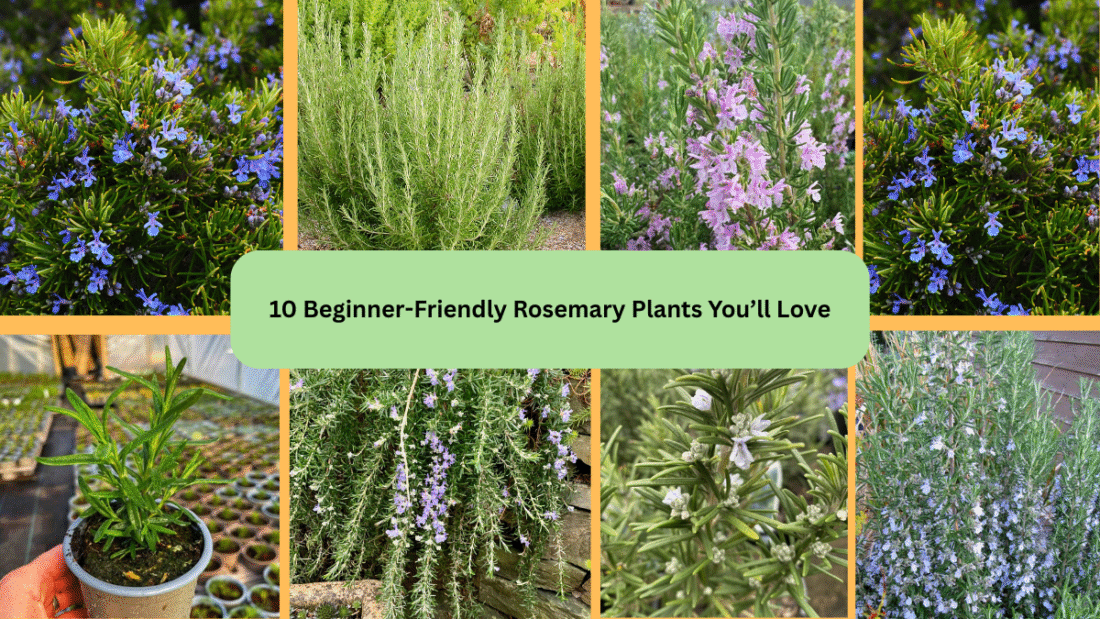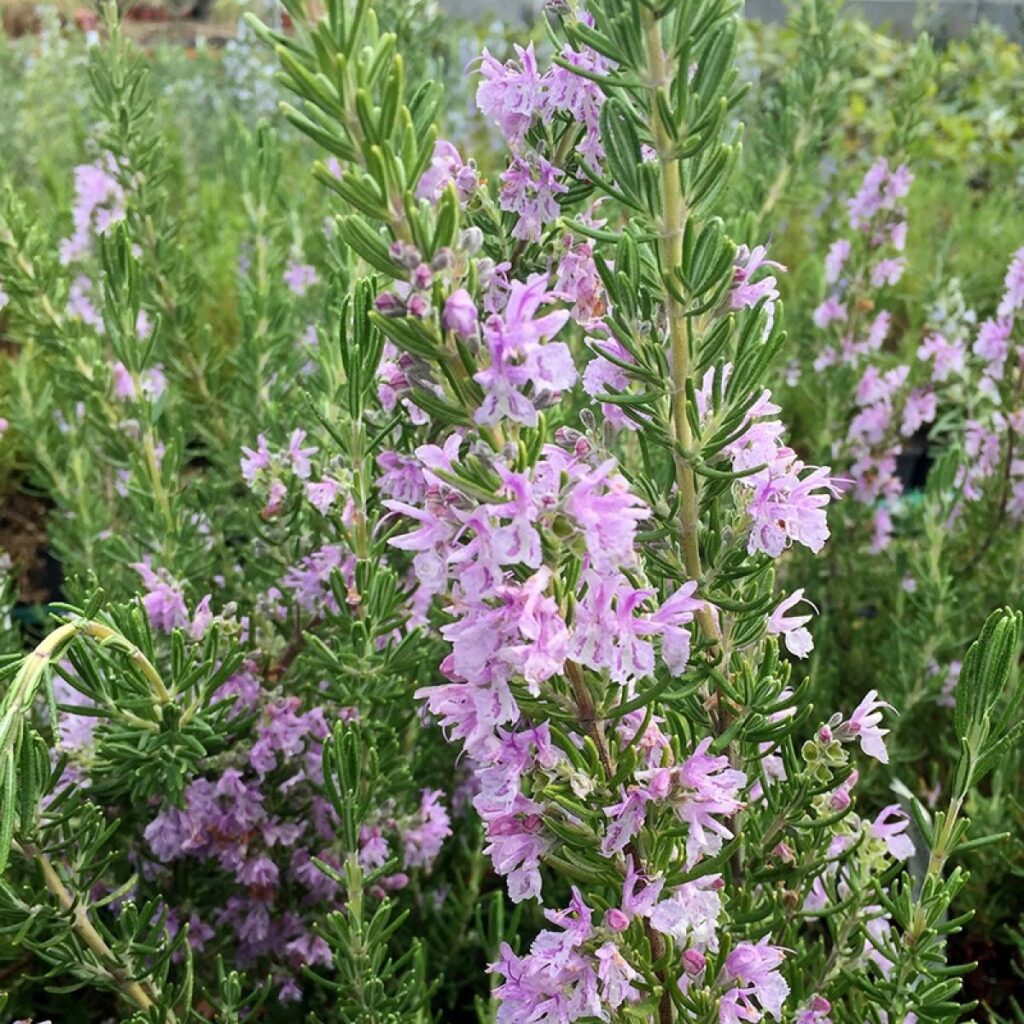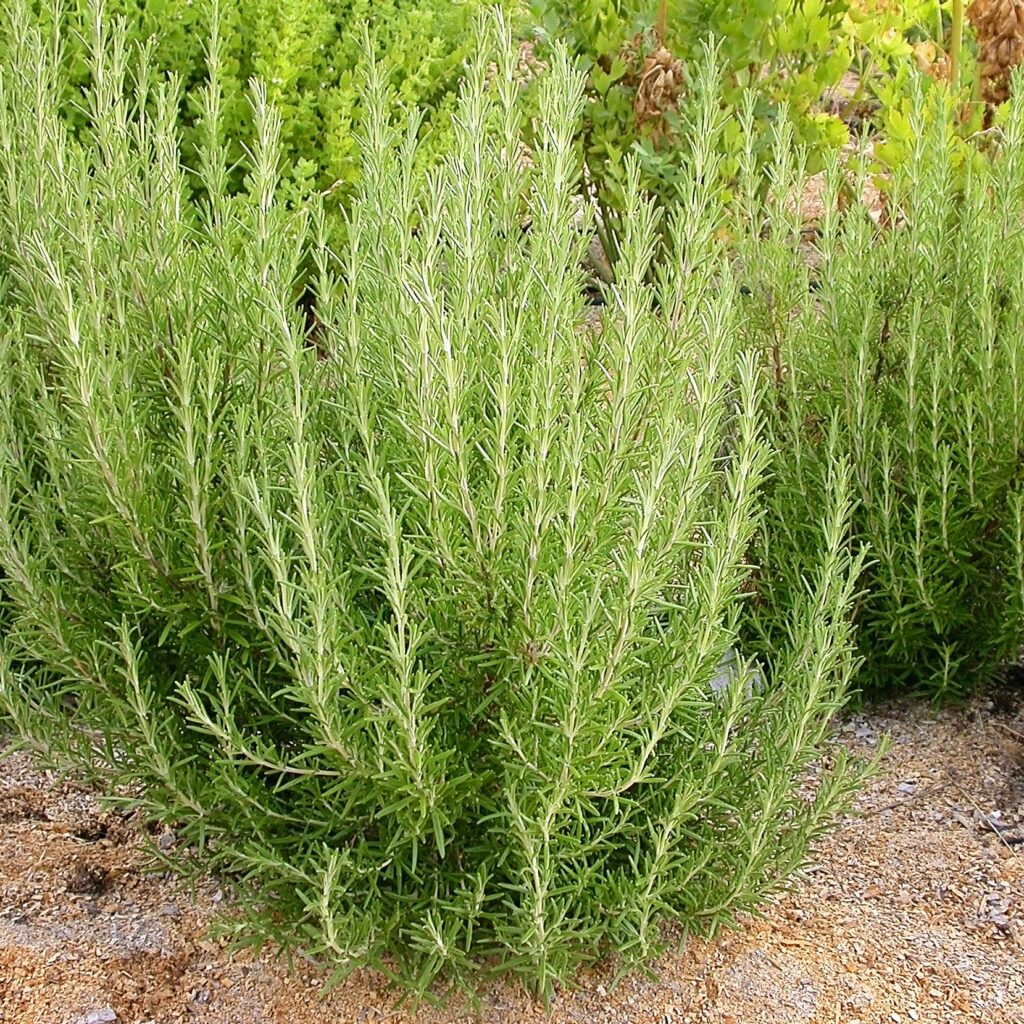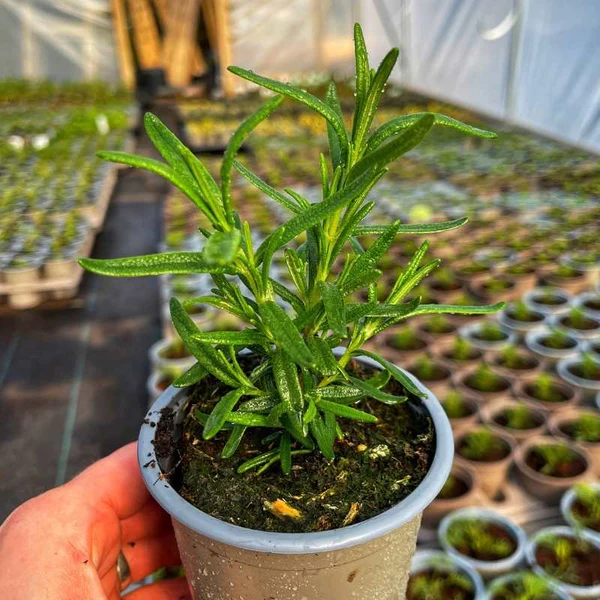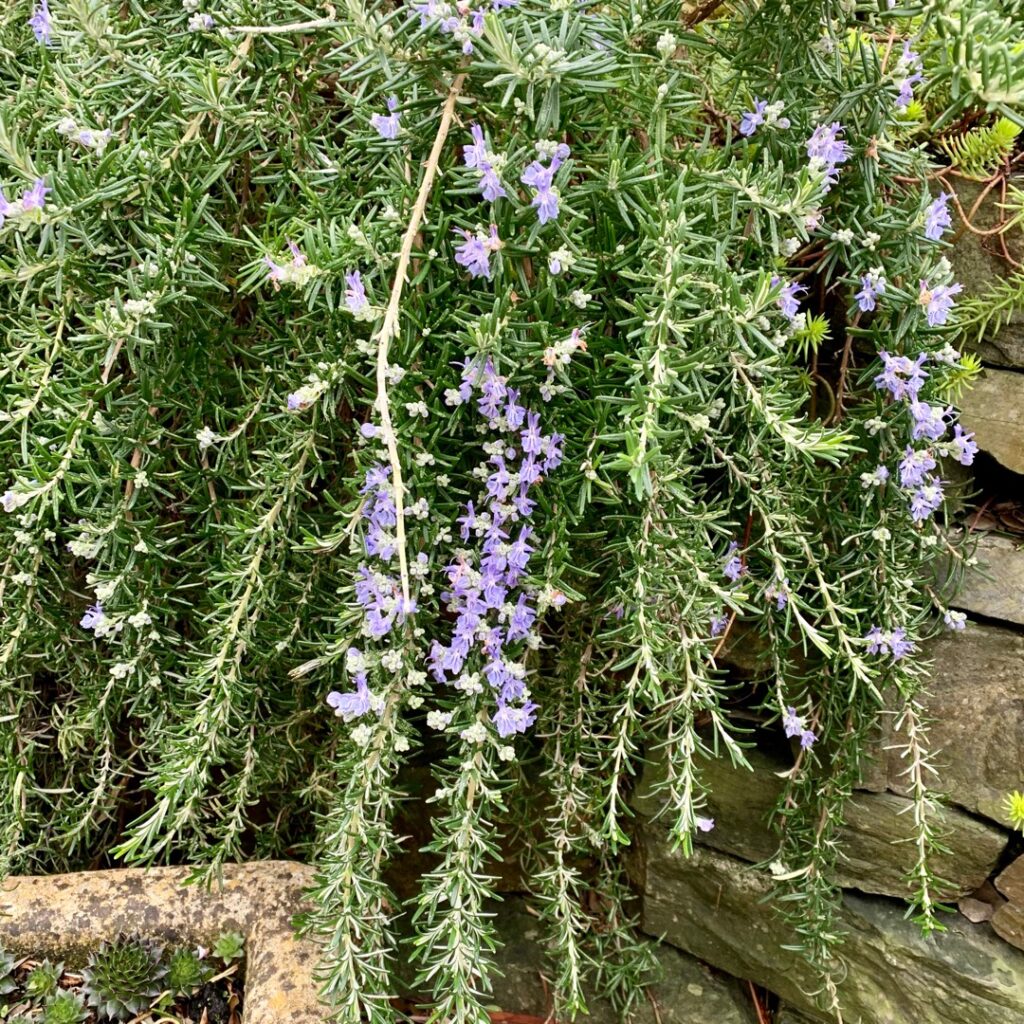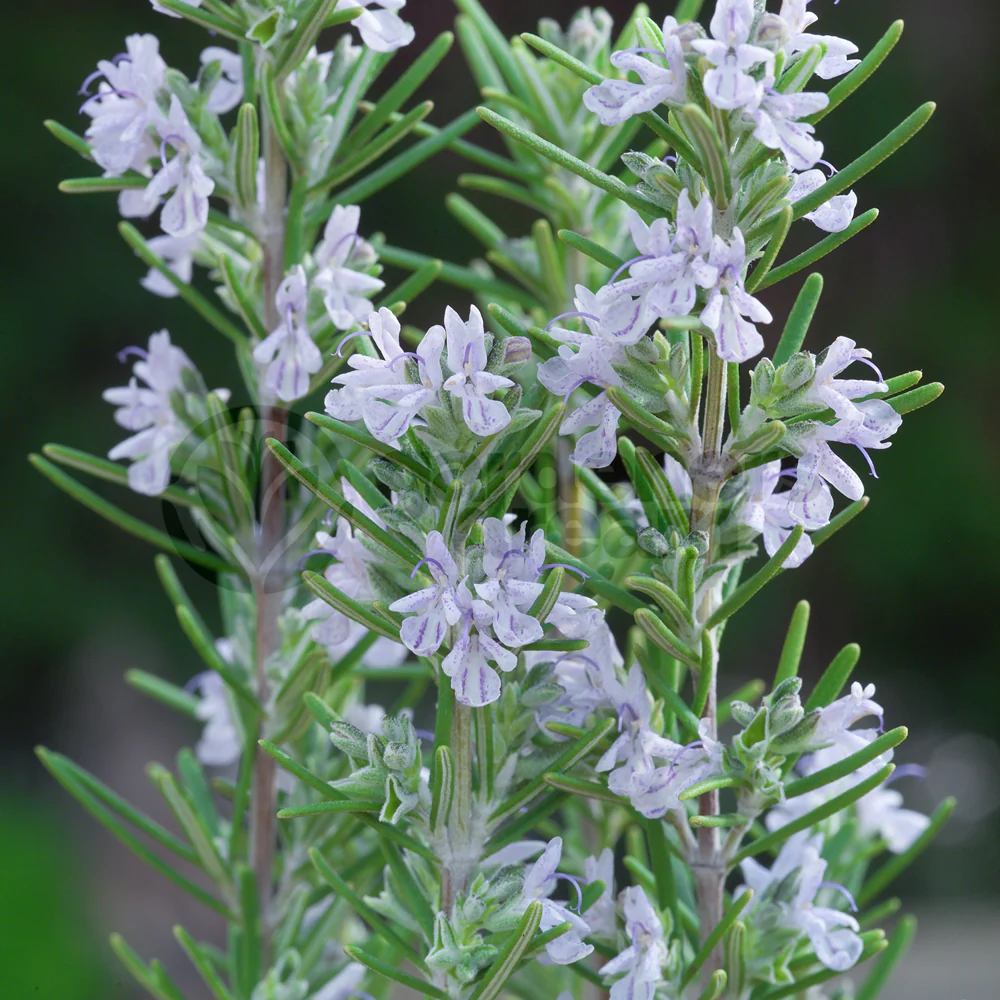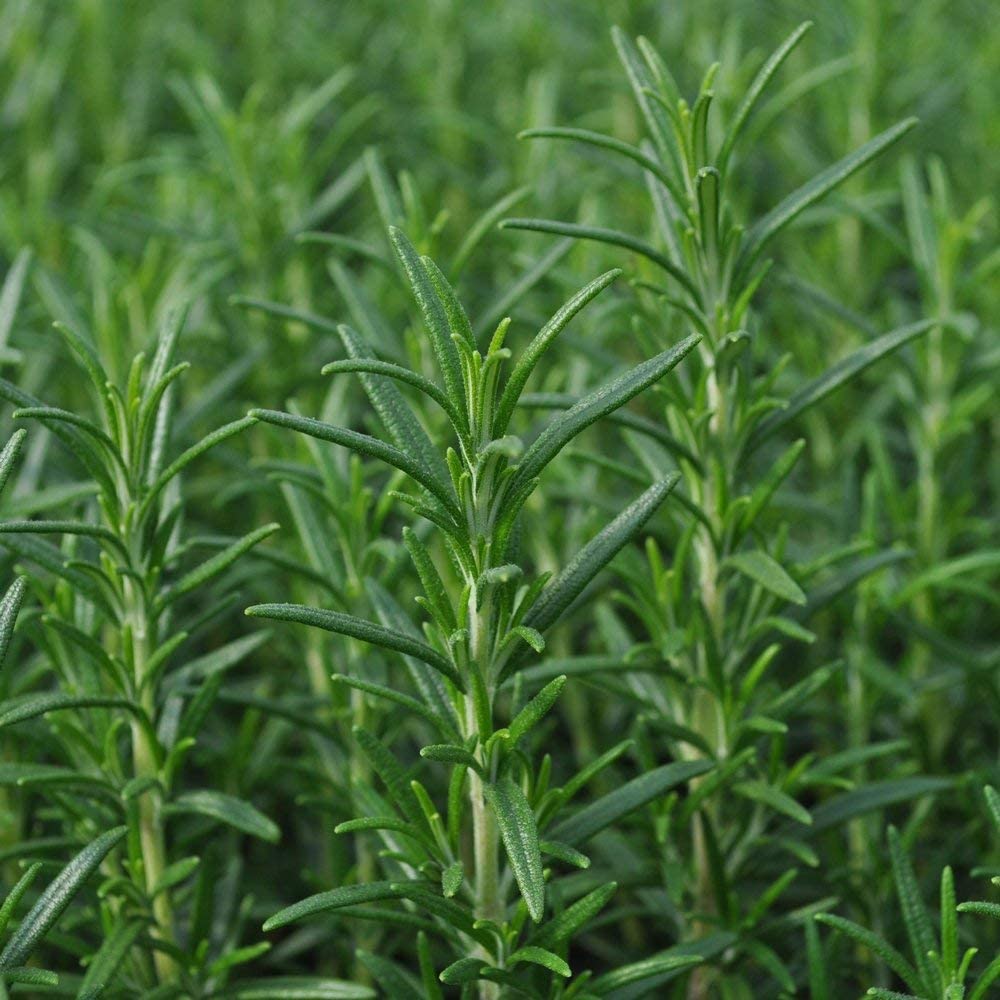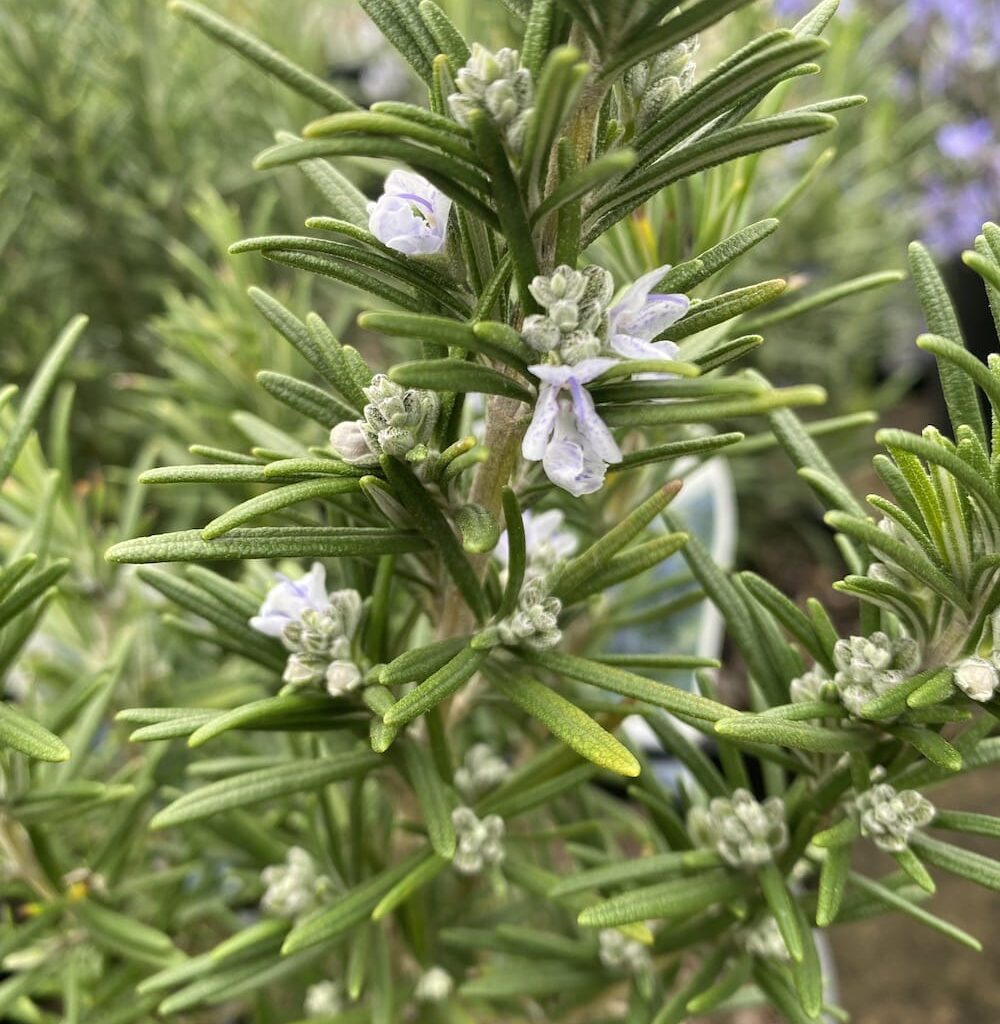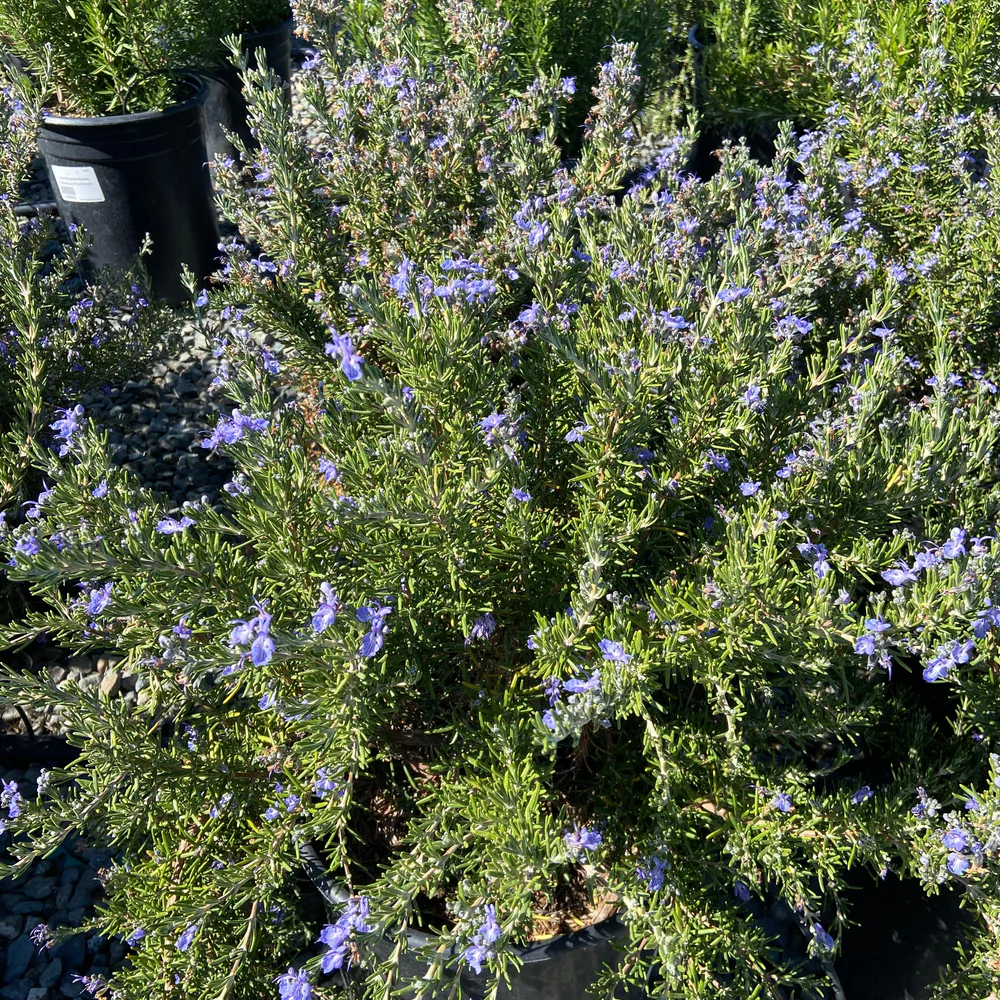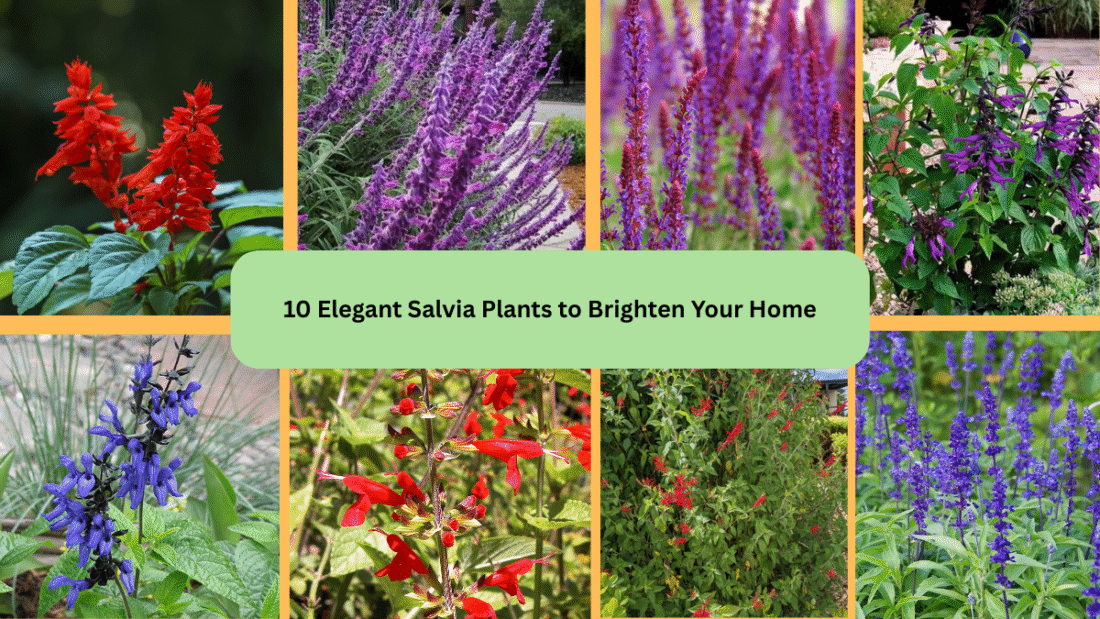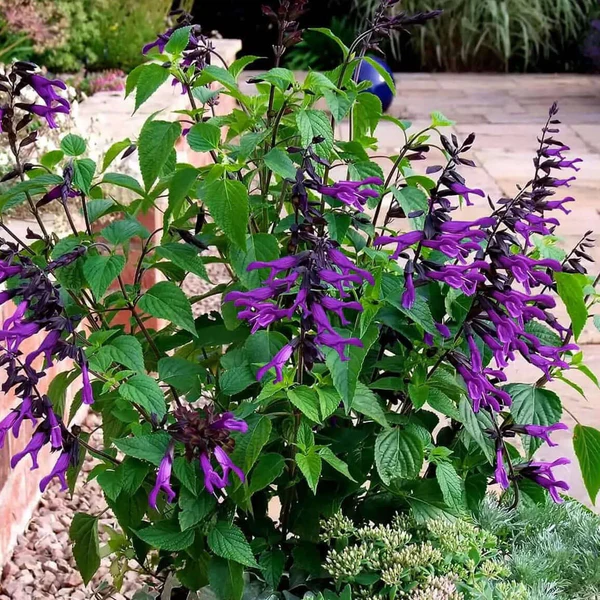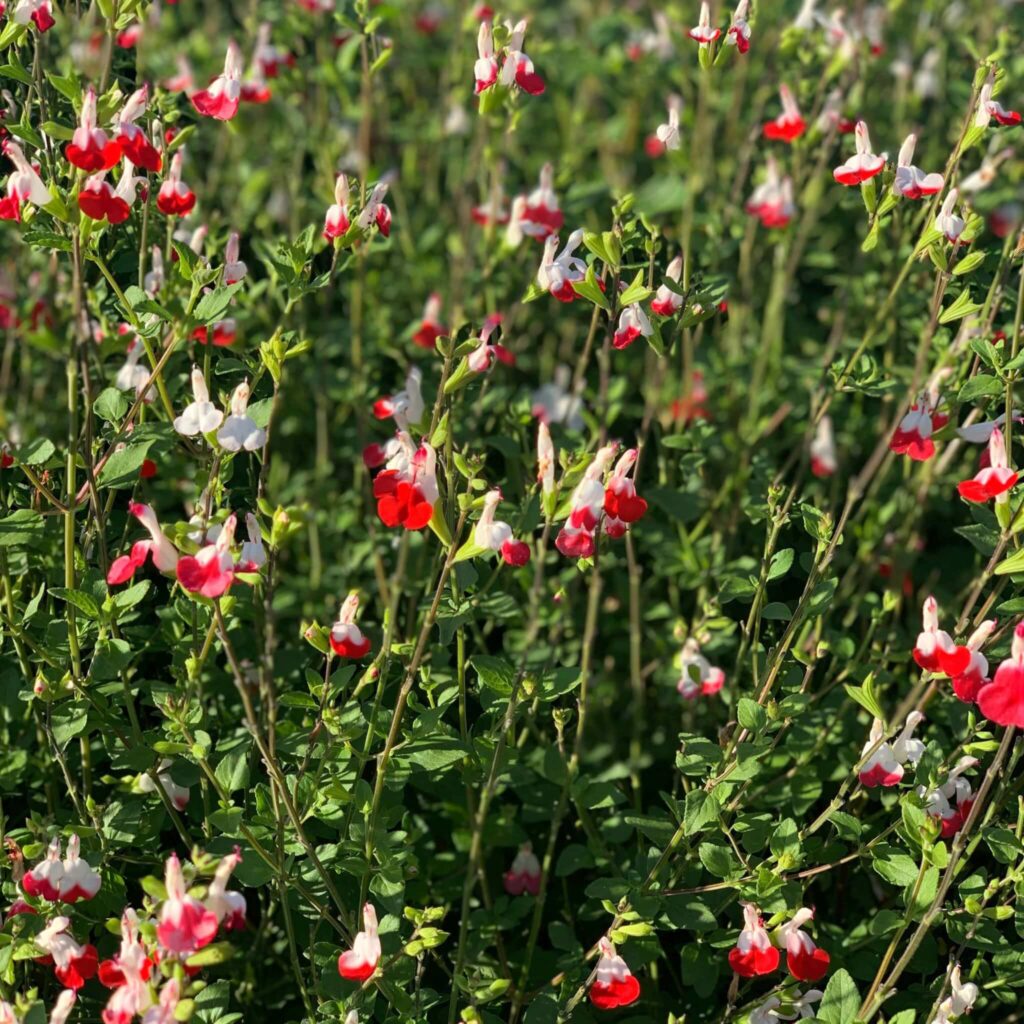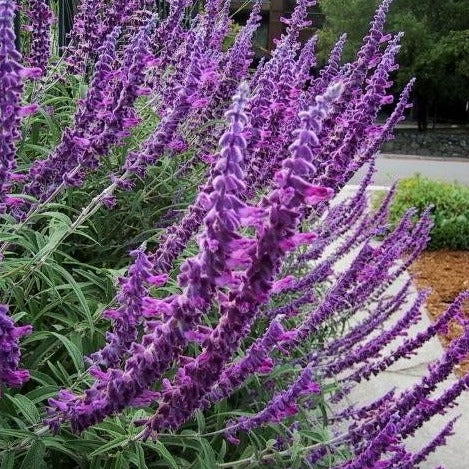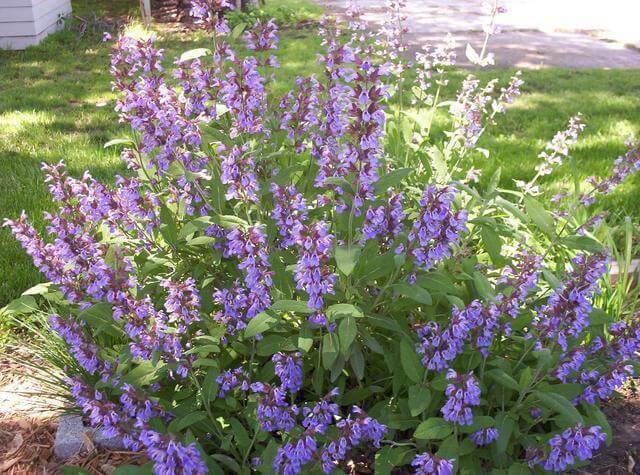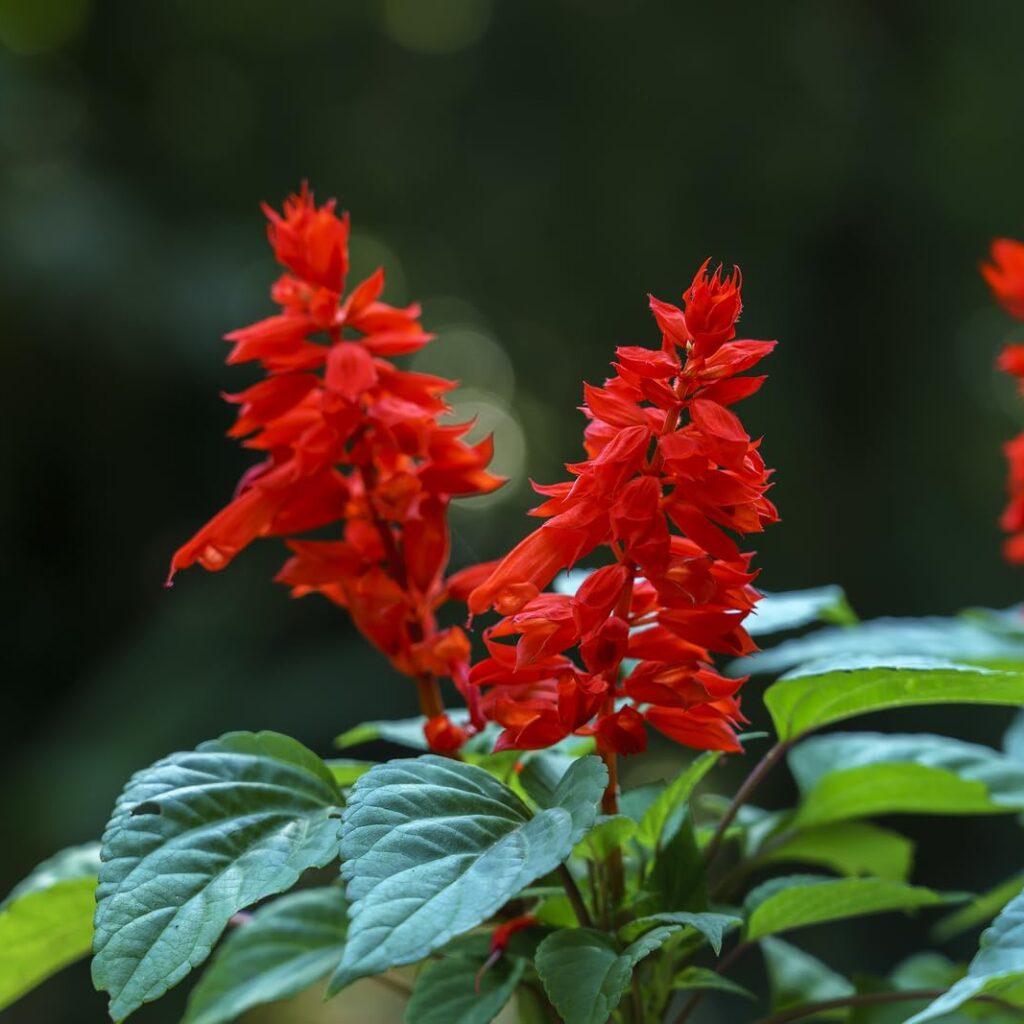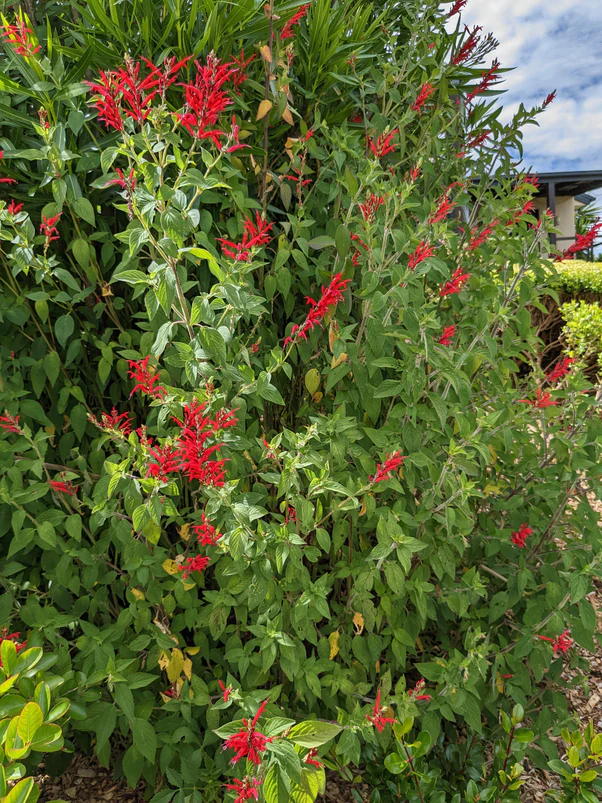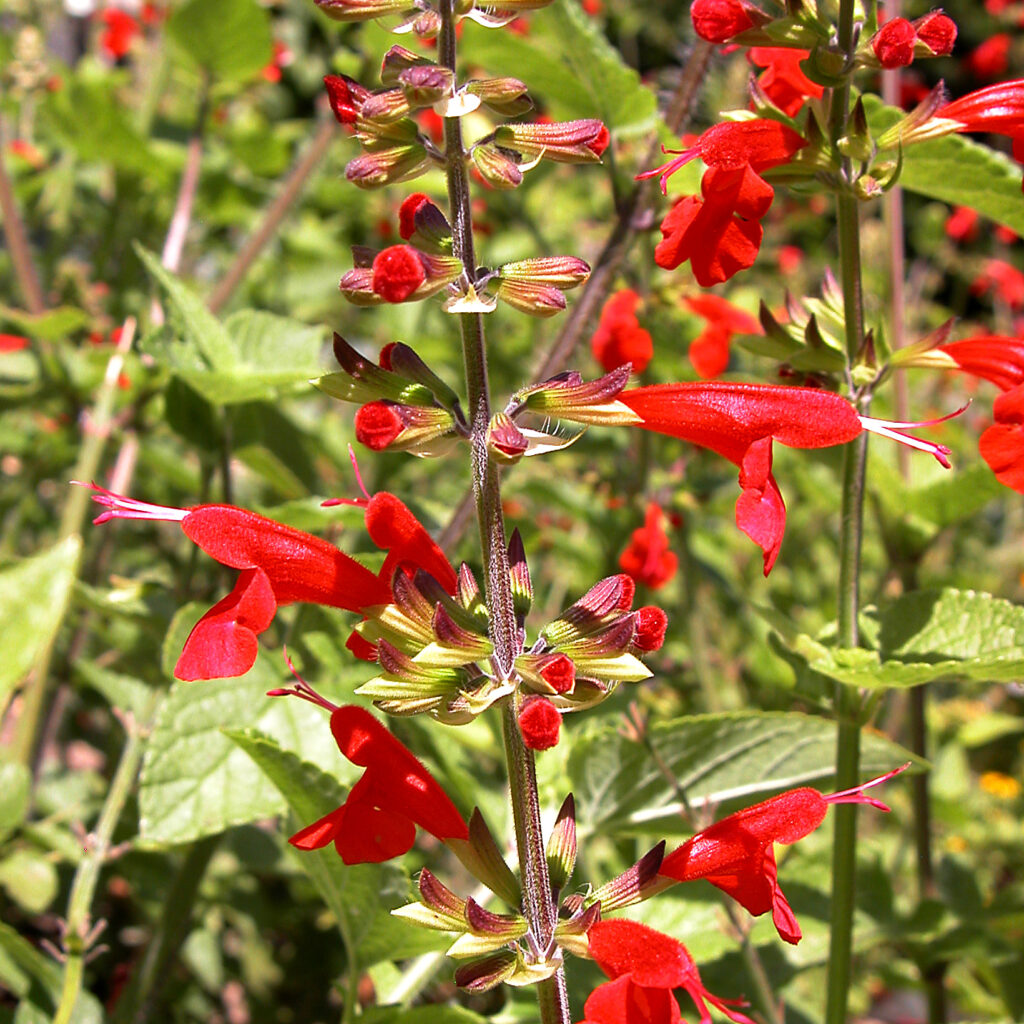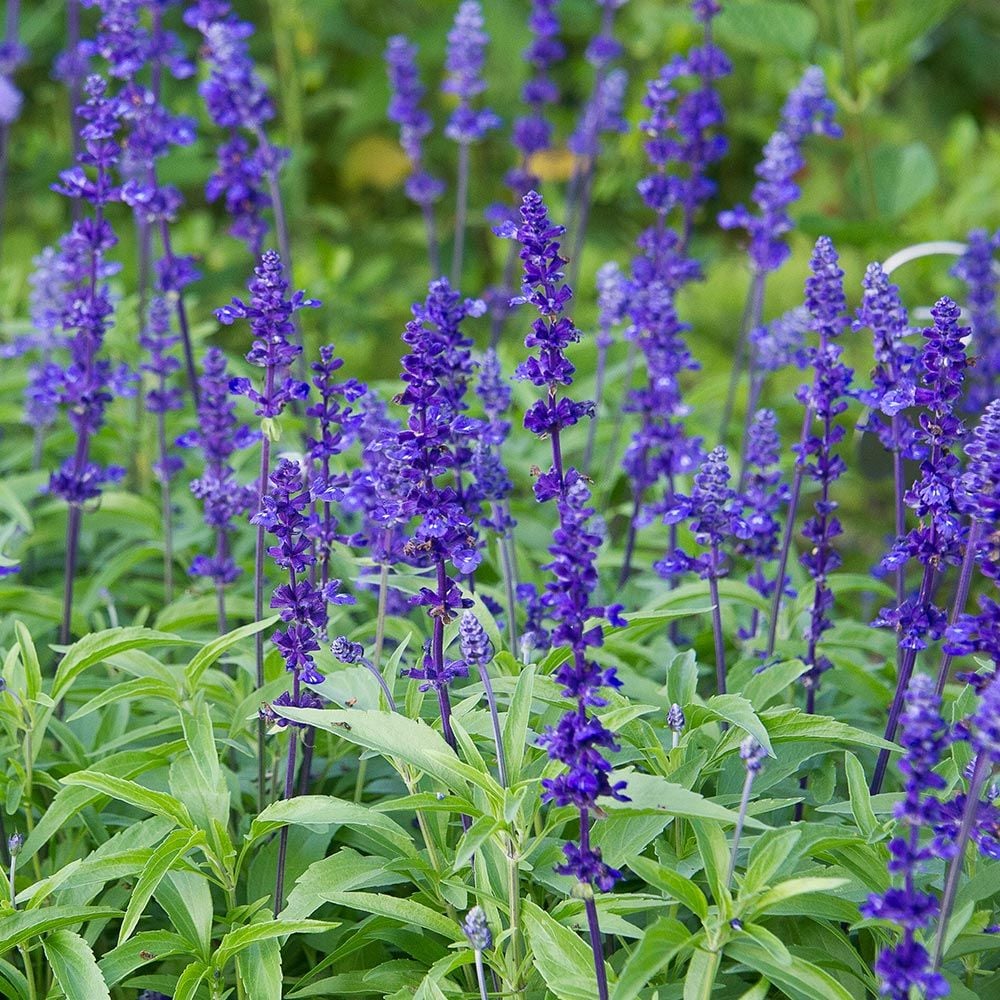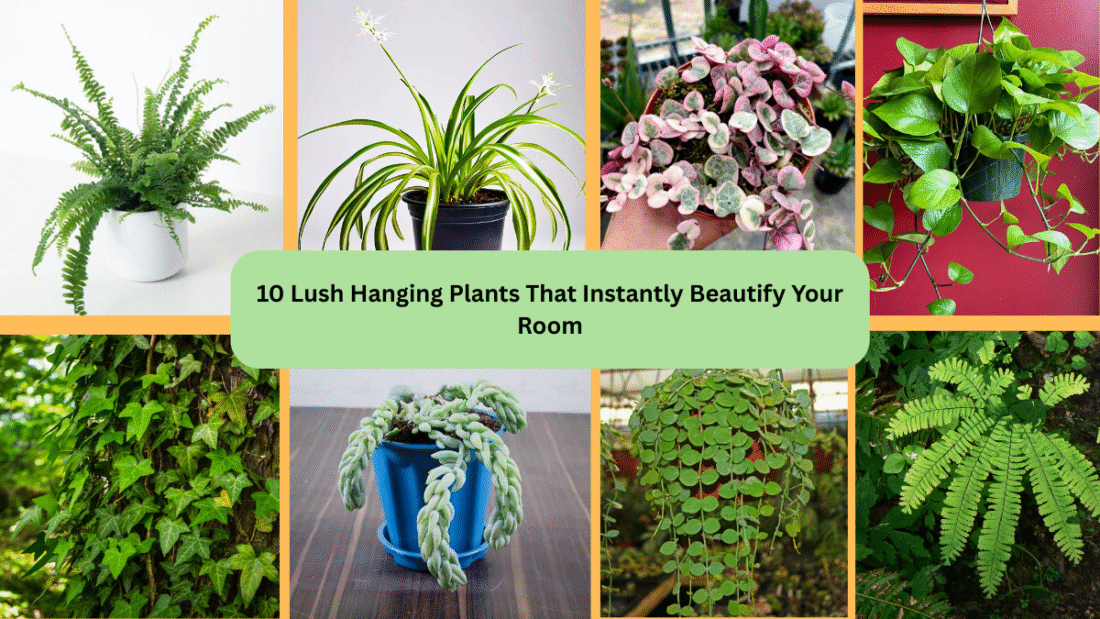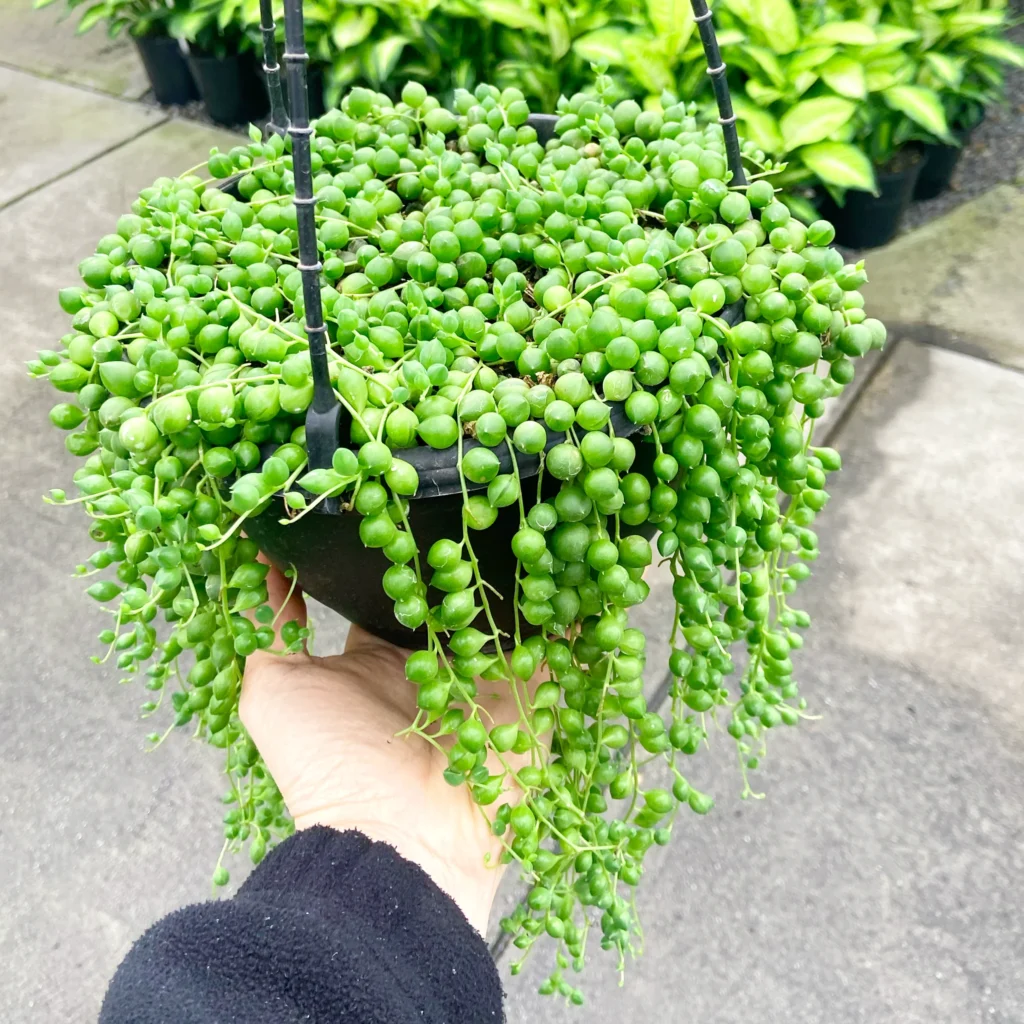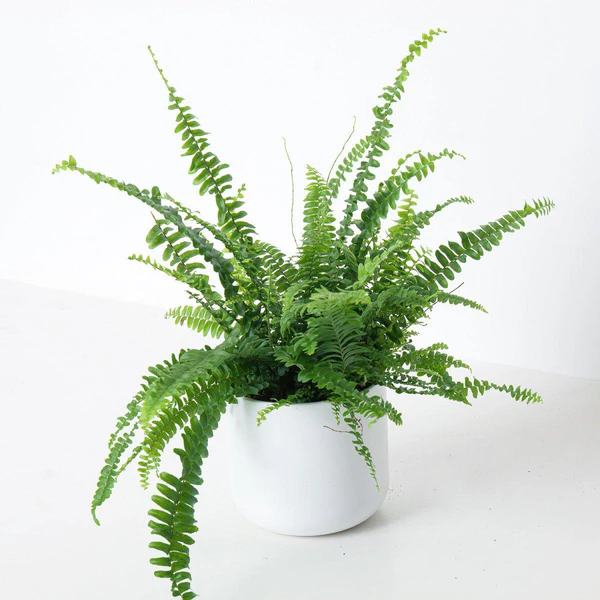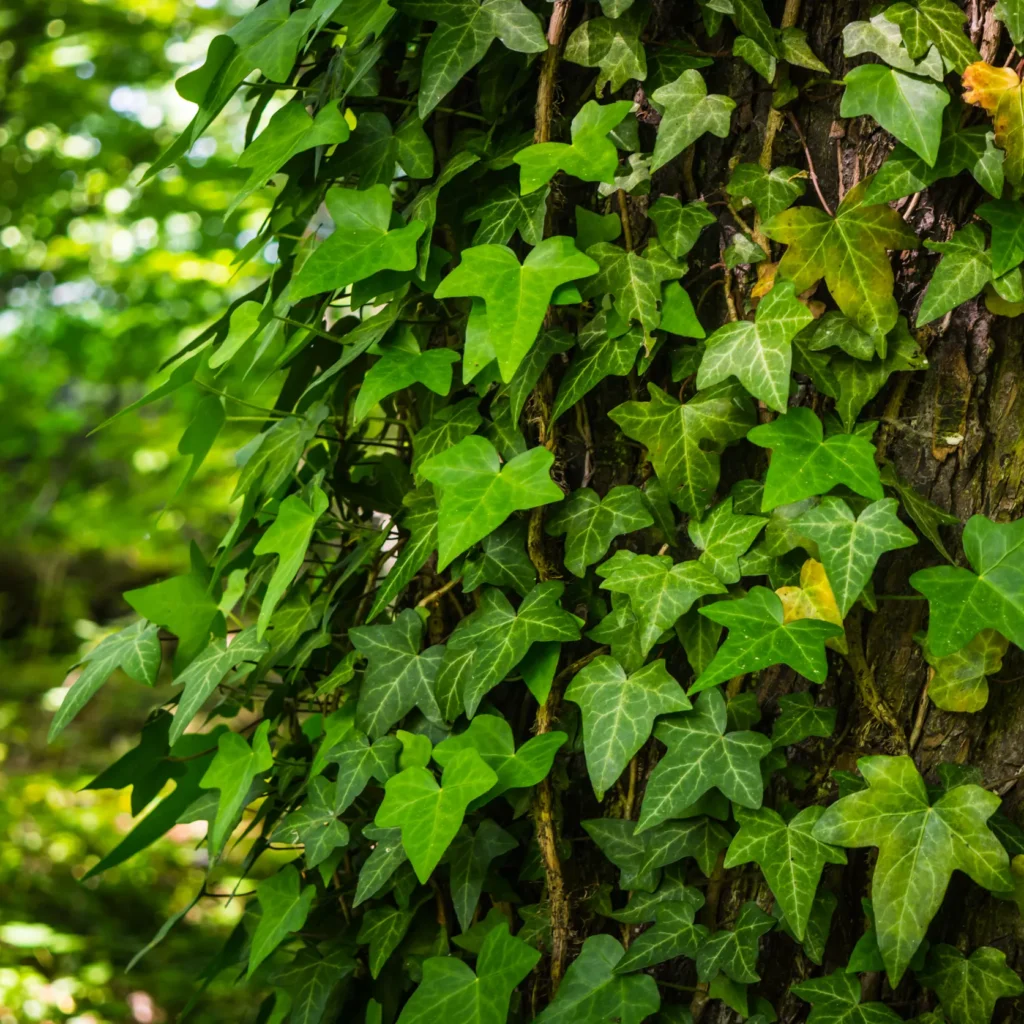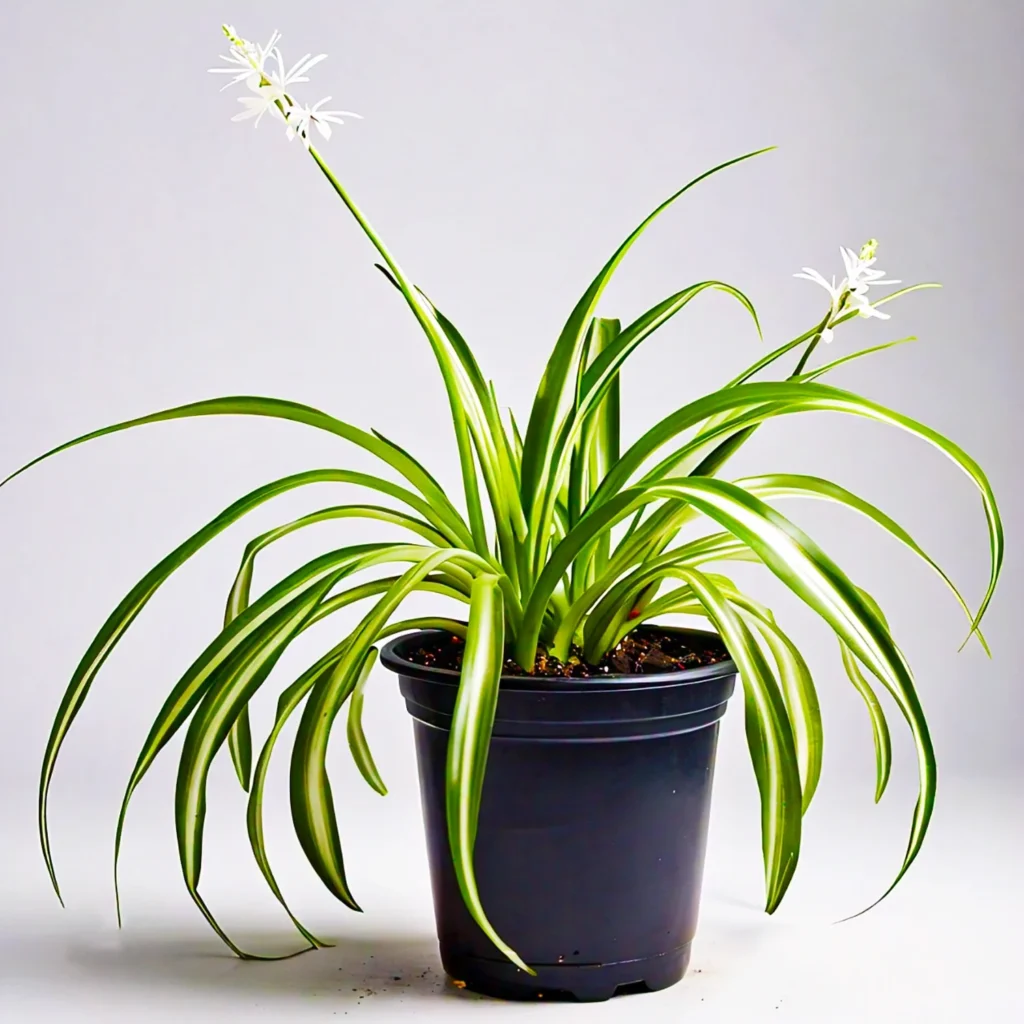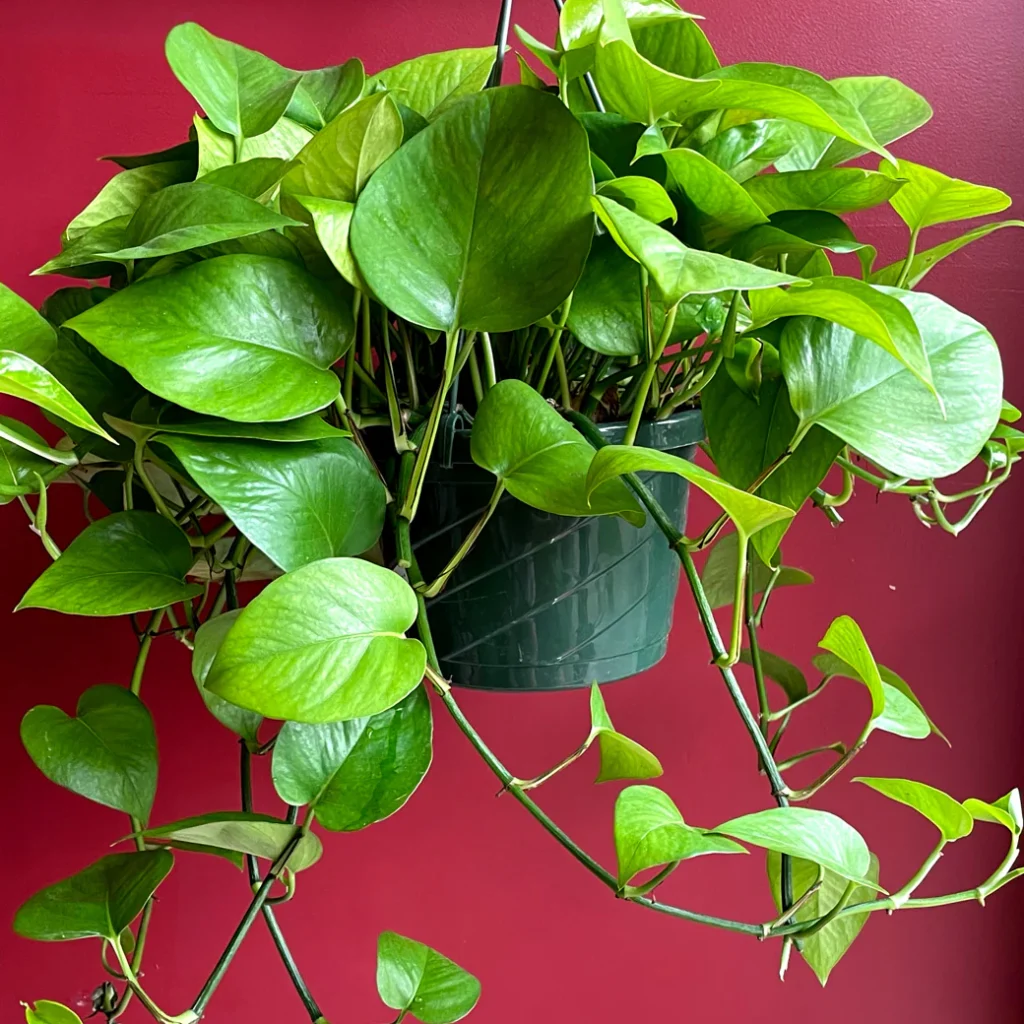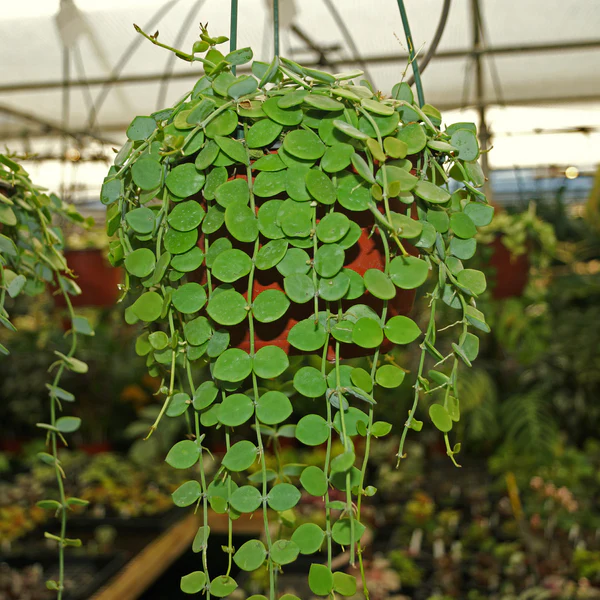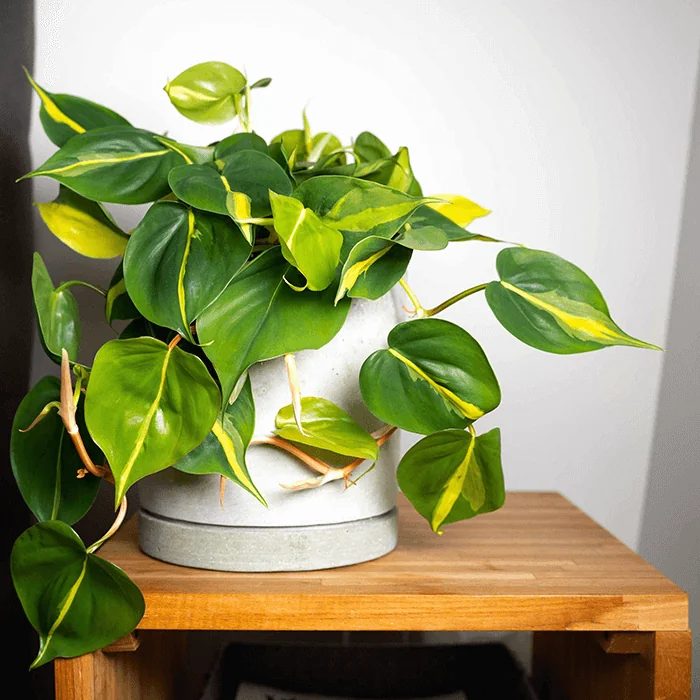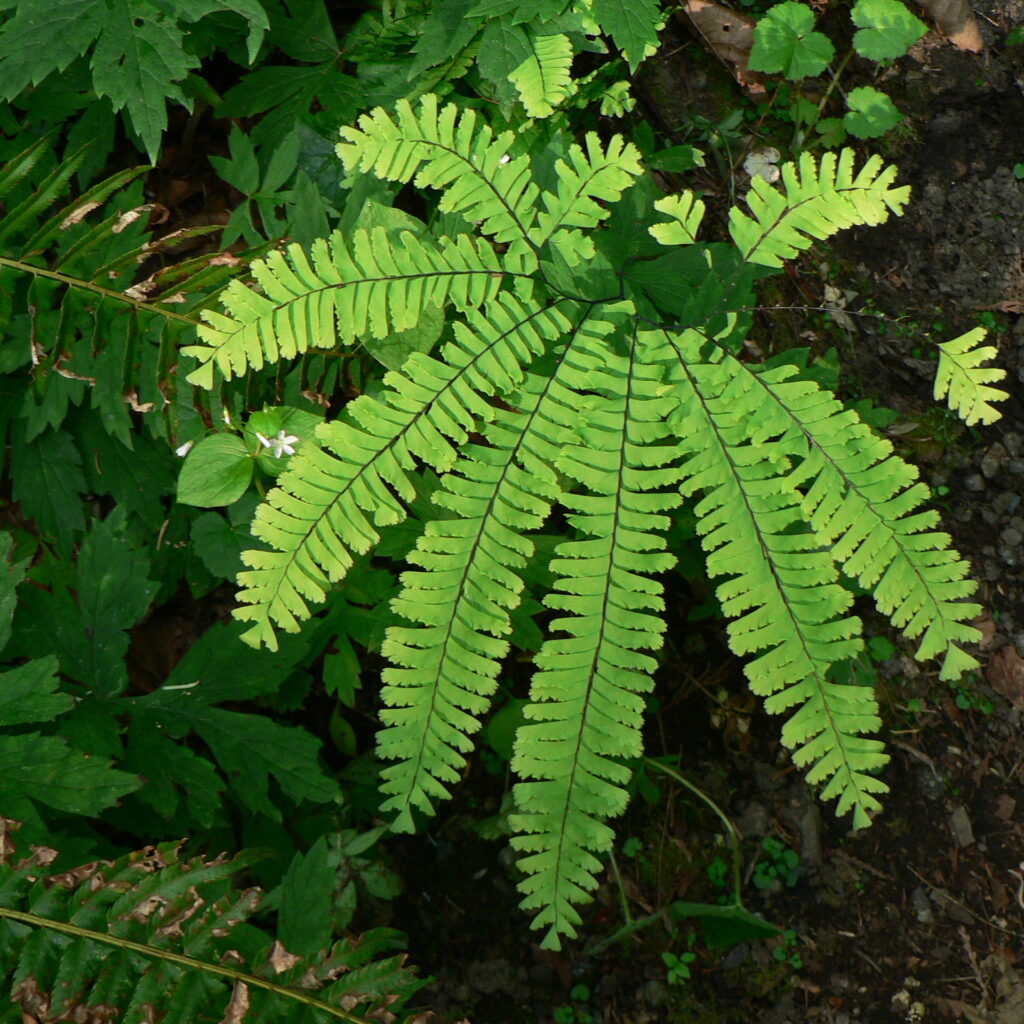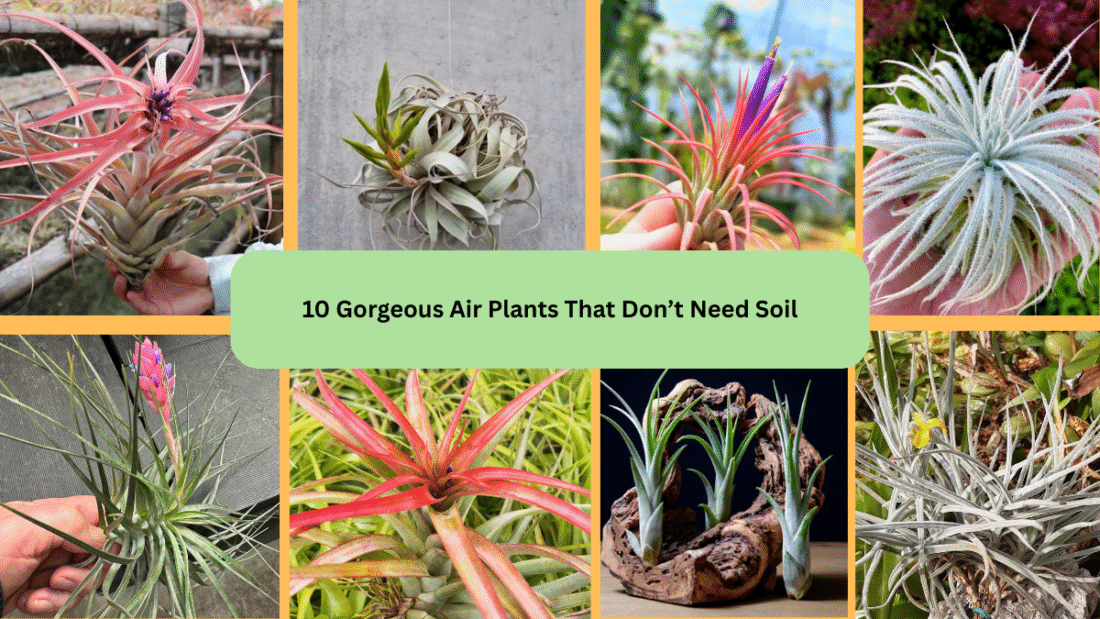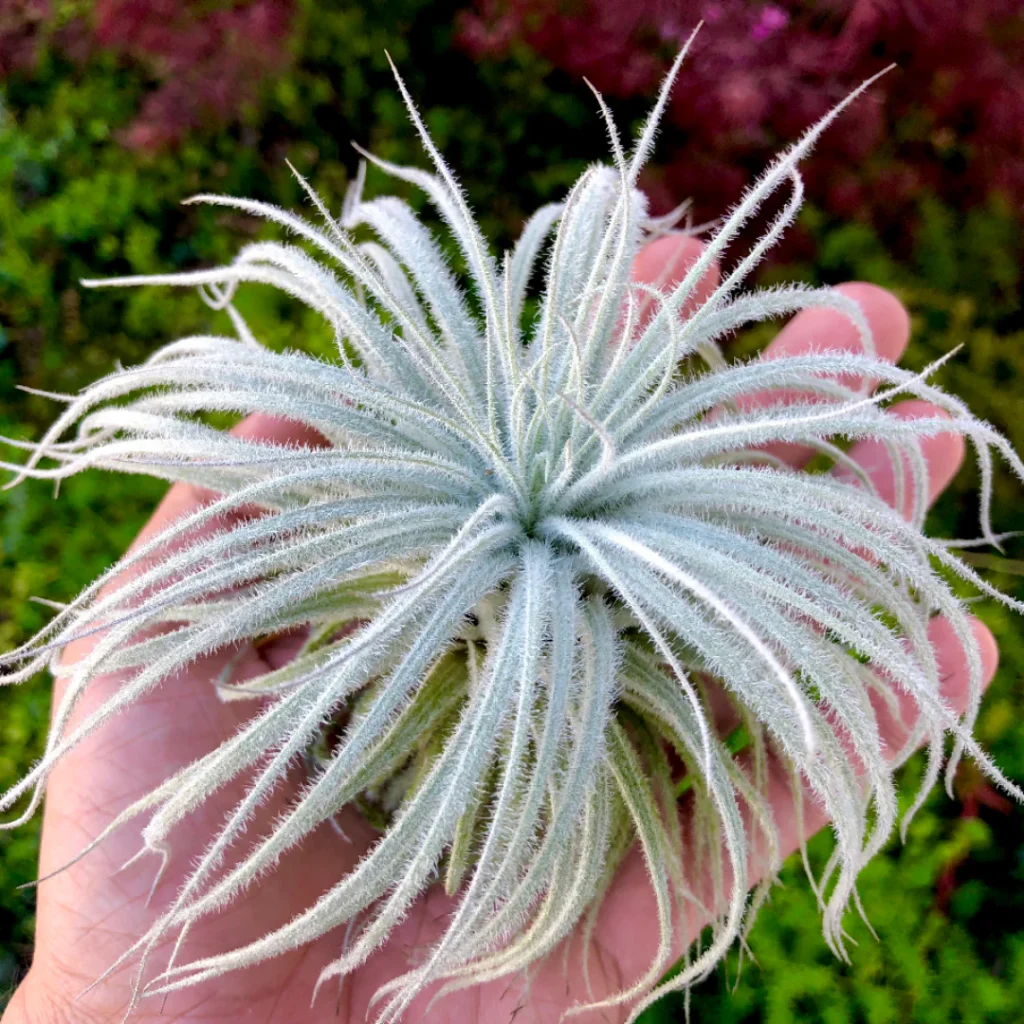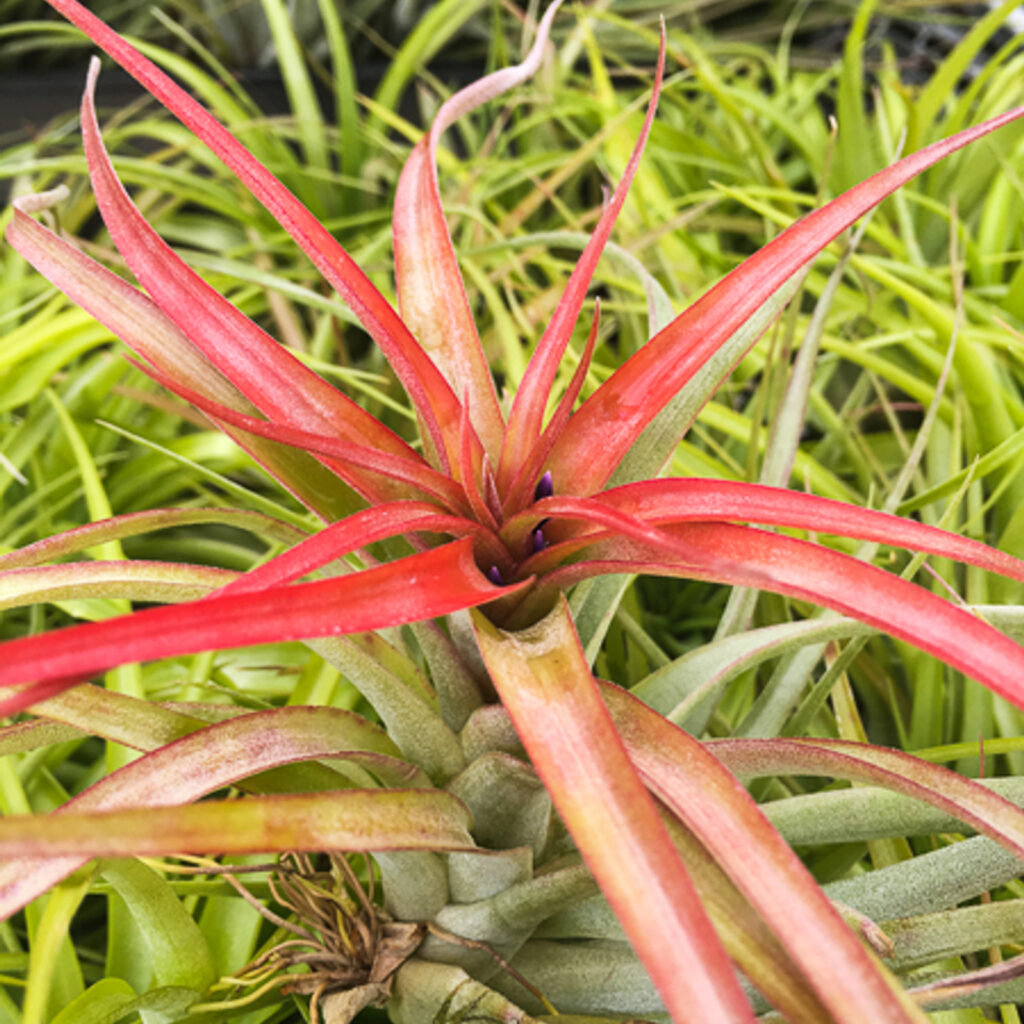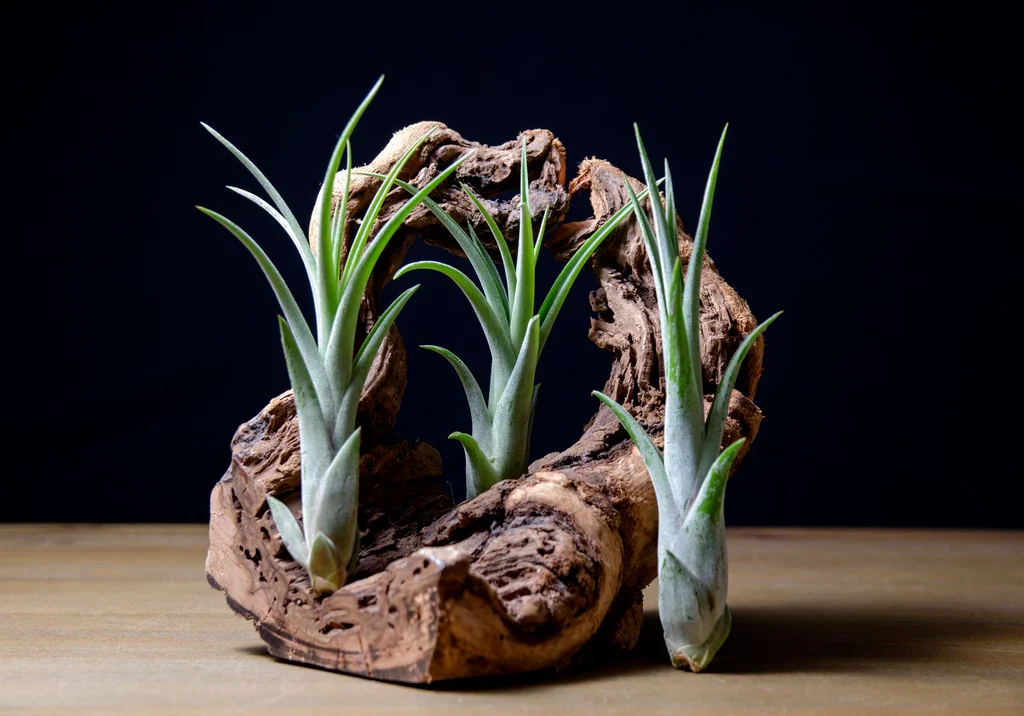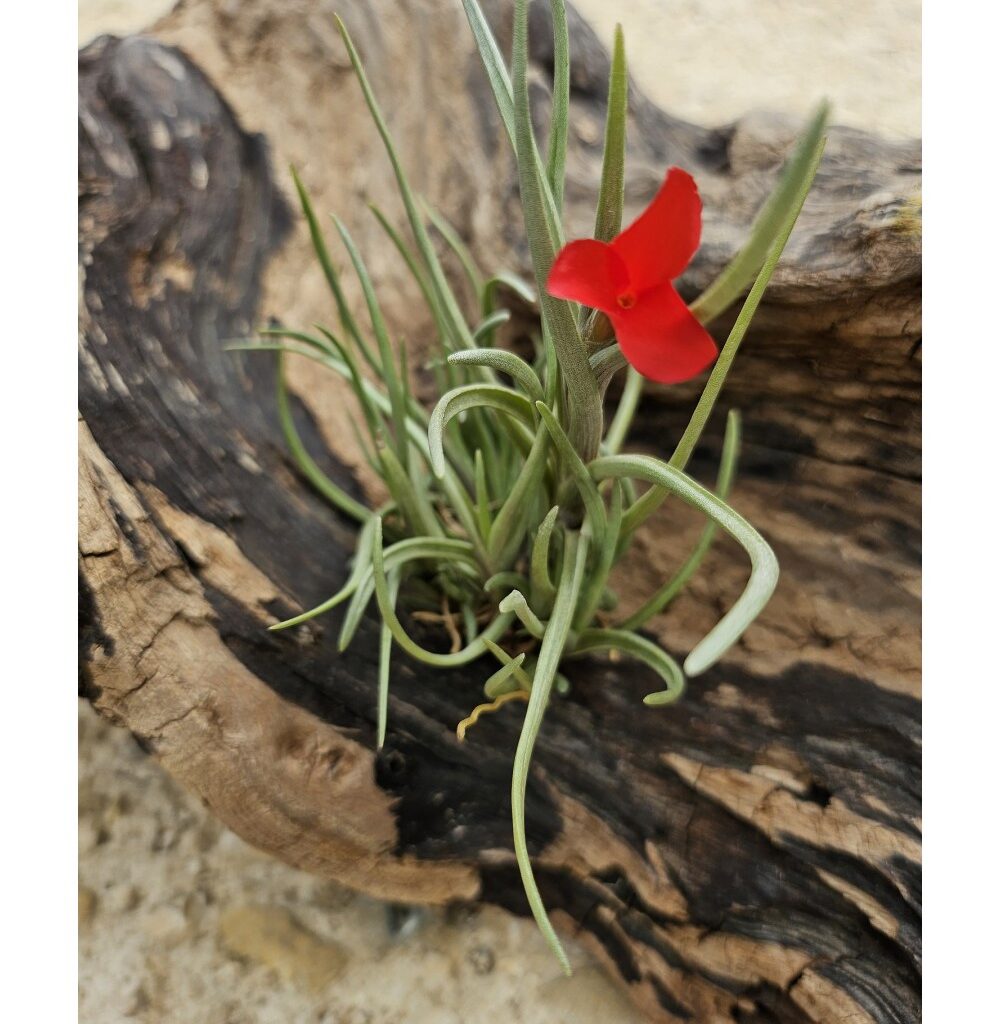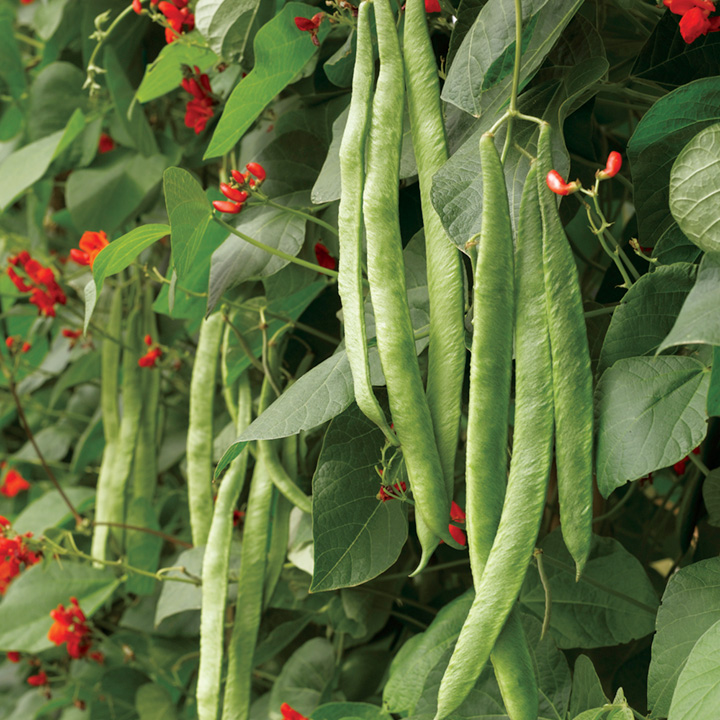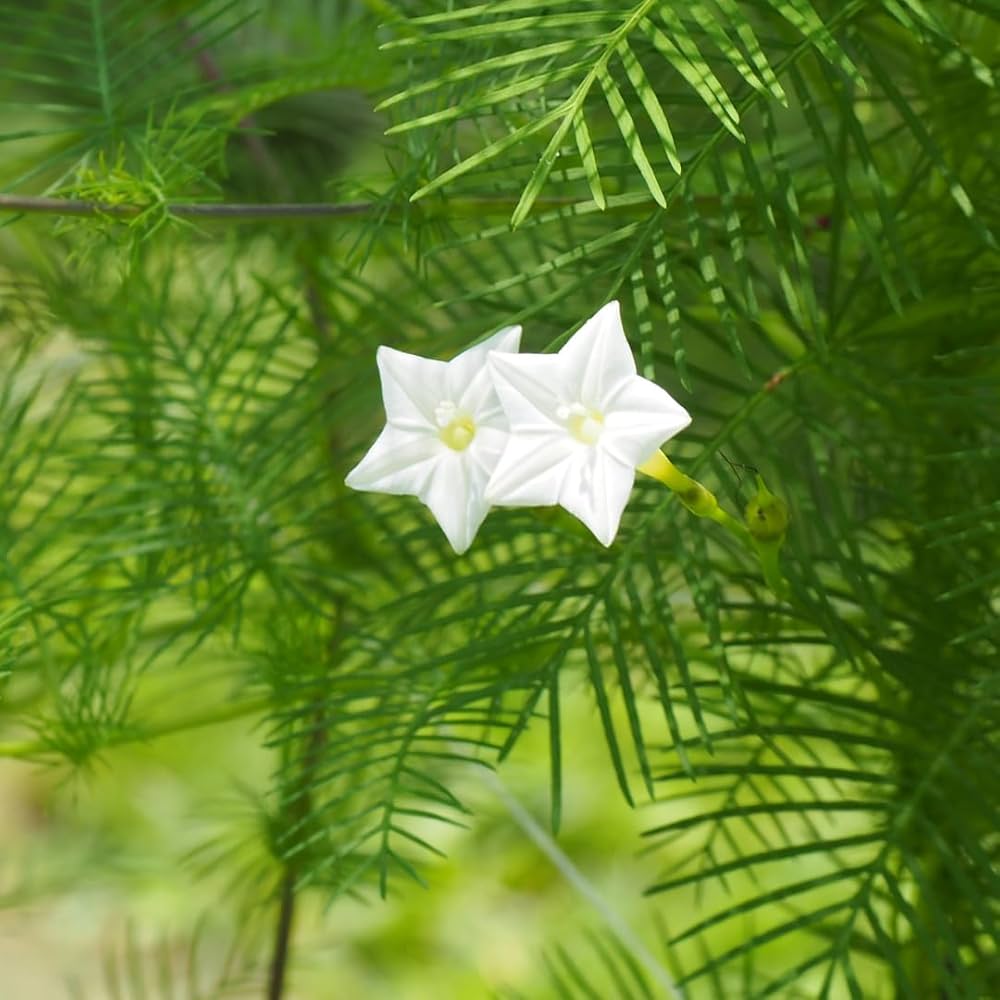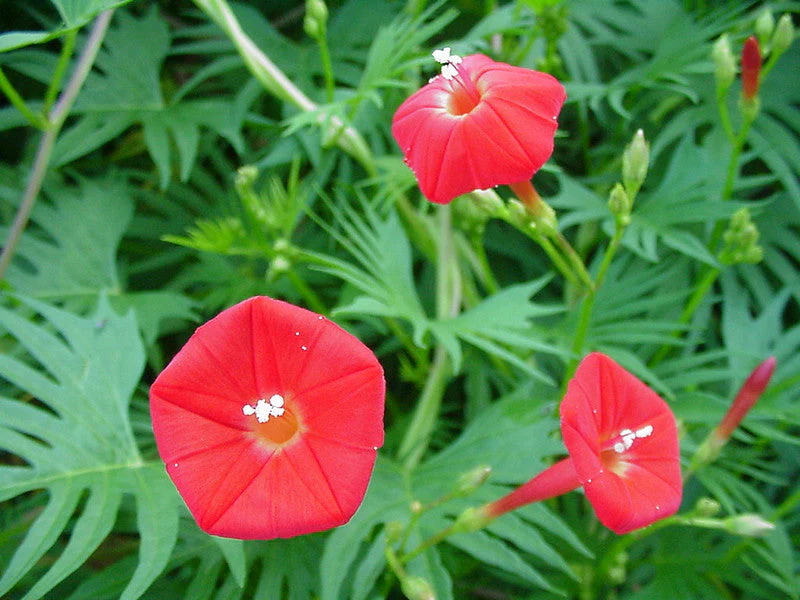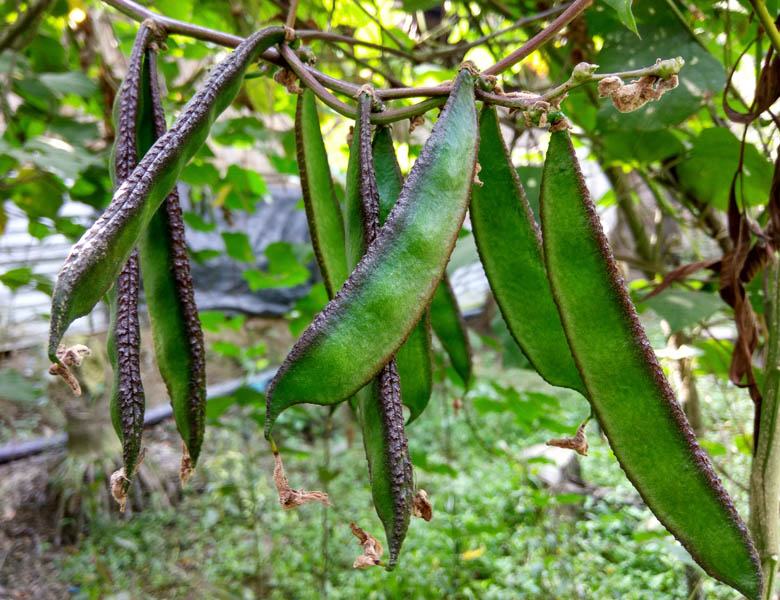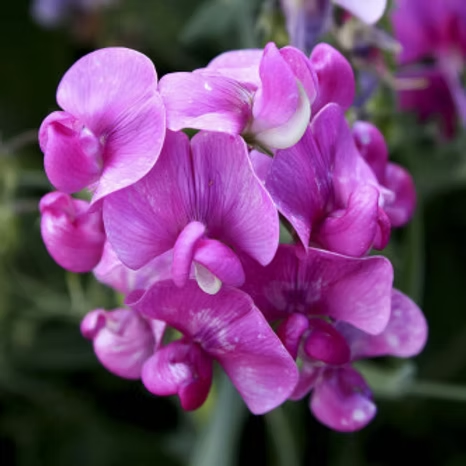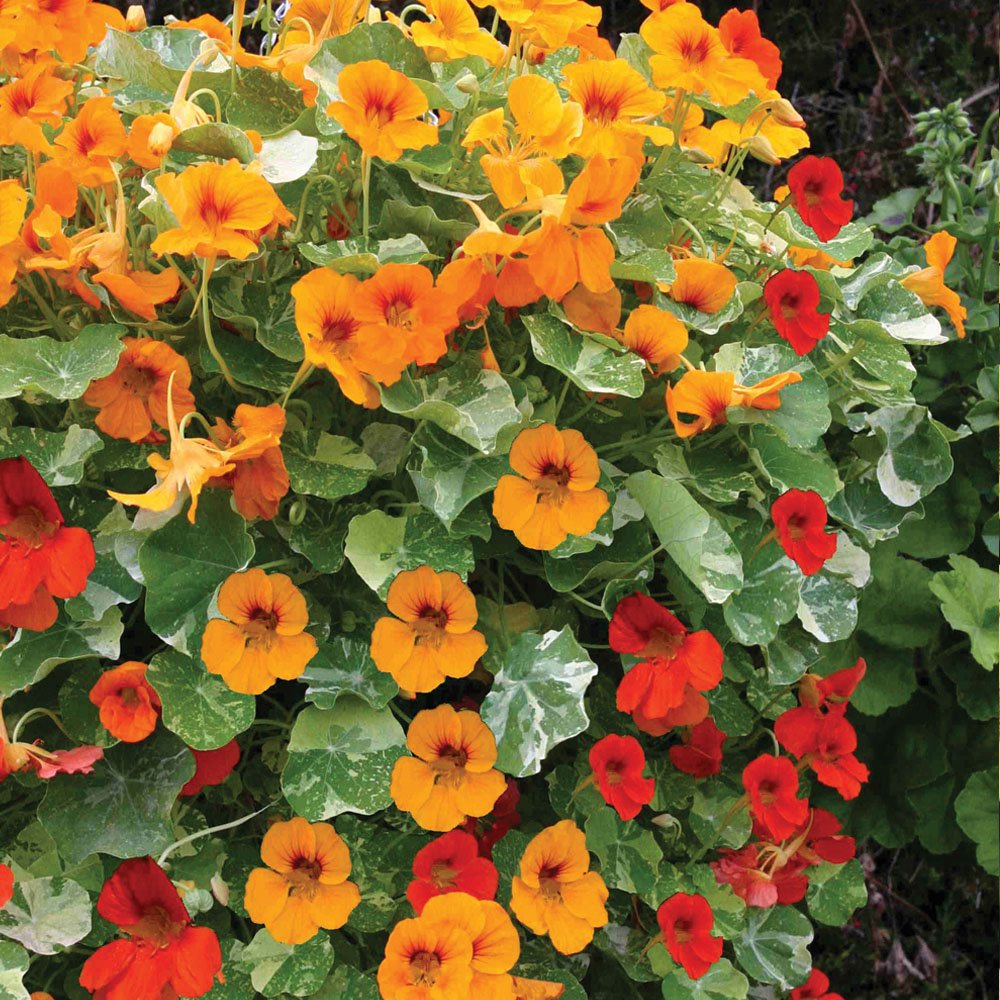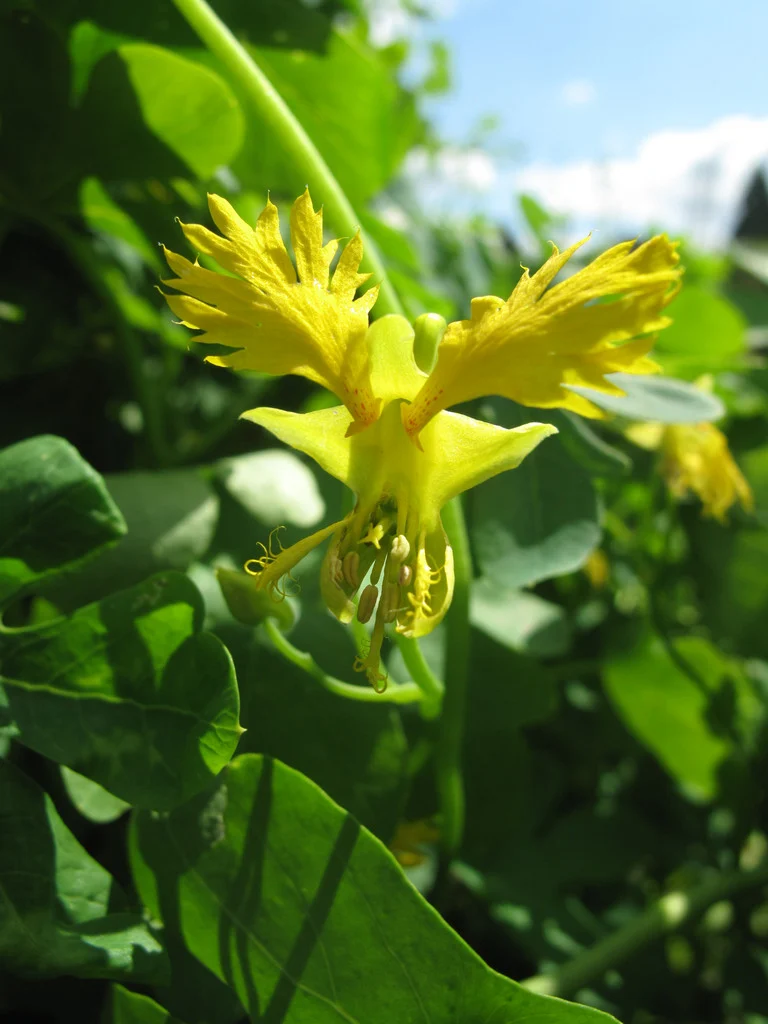When designing a garden that looks stunning year-round, sculptural evergreen plants are the secret ingredient. These bold, architectural beauties hold their form through all seasons, offering texture, drama, and design continuity even when flowers fade and foliage drops. Whether clipped into topiaries, left to grow naturally, or used as focal points, these evergreens bring visual interest and balance to gardens big and small. Here are 10 sculptural evergreen plants that combine strength, form, and timeless elegance.
1. Boxwood (Buxus sempervirens)
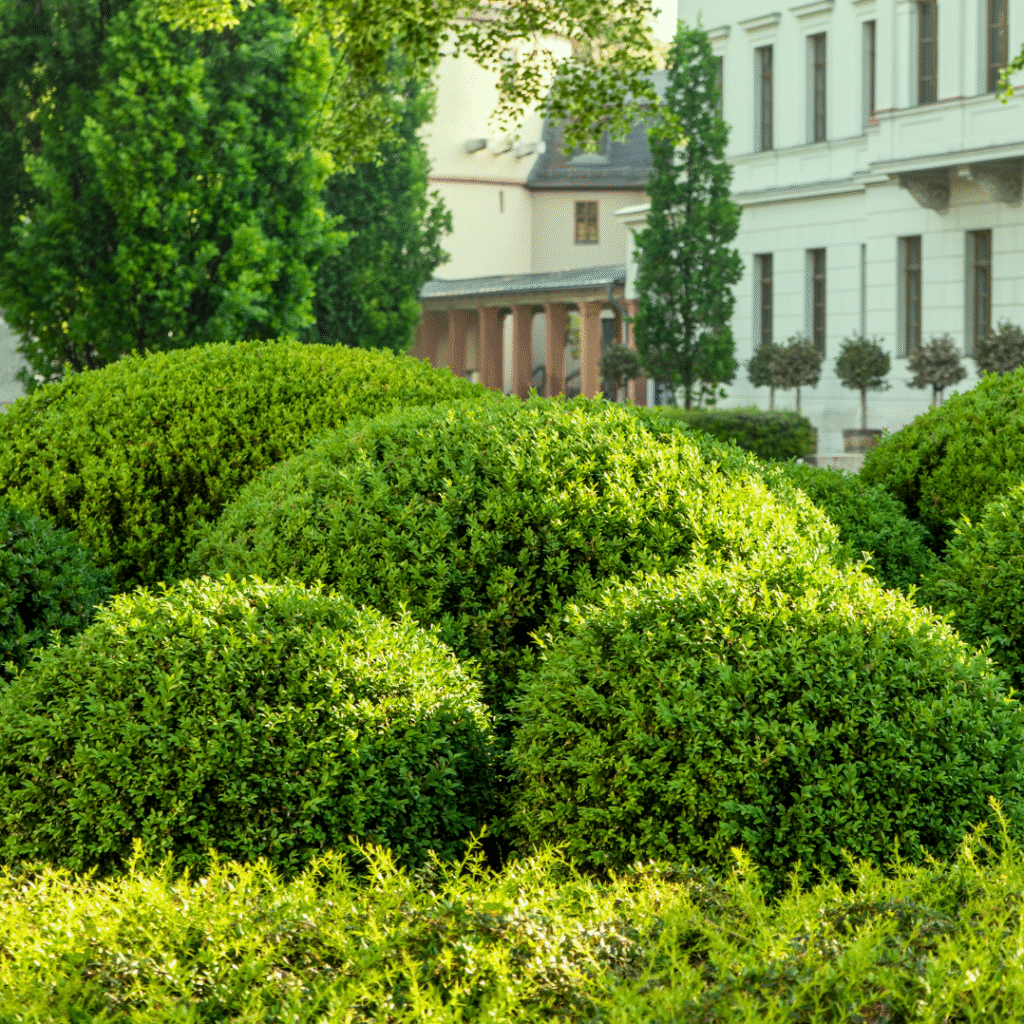
The classic evergreen for formal flair.
Boxwood is a staple of structured gardens and is beloved for its dense, fine-textured foliage that responds well to clipping. It can be shaped into spheres, cones, hedges, or even spirals, making it ideal for topiary work or low borders. Slow-growing and versatile, boxwood thrives in sun or shade and adds a sense of permanence and order. Newer cultivars offer improved disease resistance and compact habits perfect for containers or small spaces.
2. Dwarf Alberta Spruce (Picea glauca ‘Conica’)
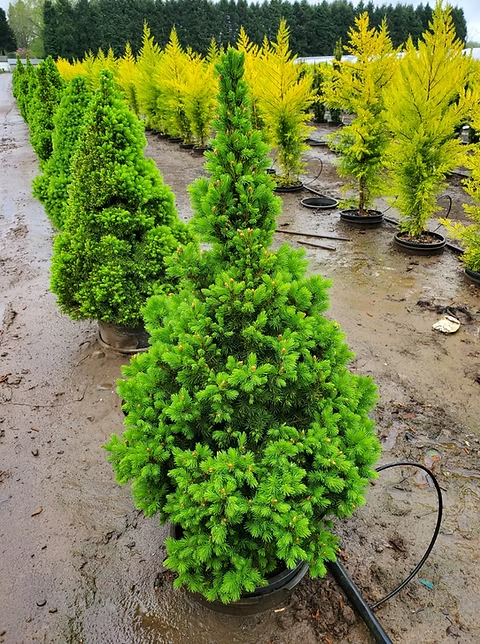
Miniature form, major impact.
With its natural cone shape and dense, soft needles, the dwarf Alberta spruce is a favorite for formal entryways and container gardens. It grows slowly and stays compact, reaching about 6–8 feet tall over many years. This tidy, pyramidal evergreen is ideal for symmetrical plantings and offers a crisp, vertical accent. Its low maintenance and cold hardiness make it a long-term investment for structure and style in the landscape.
3. Japanese Holly (Ilex crenata)
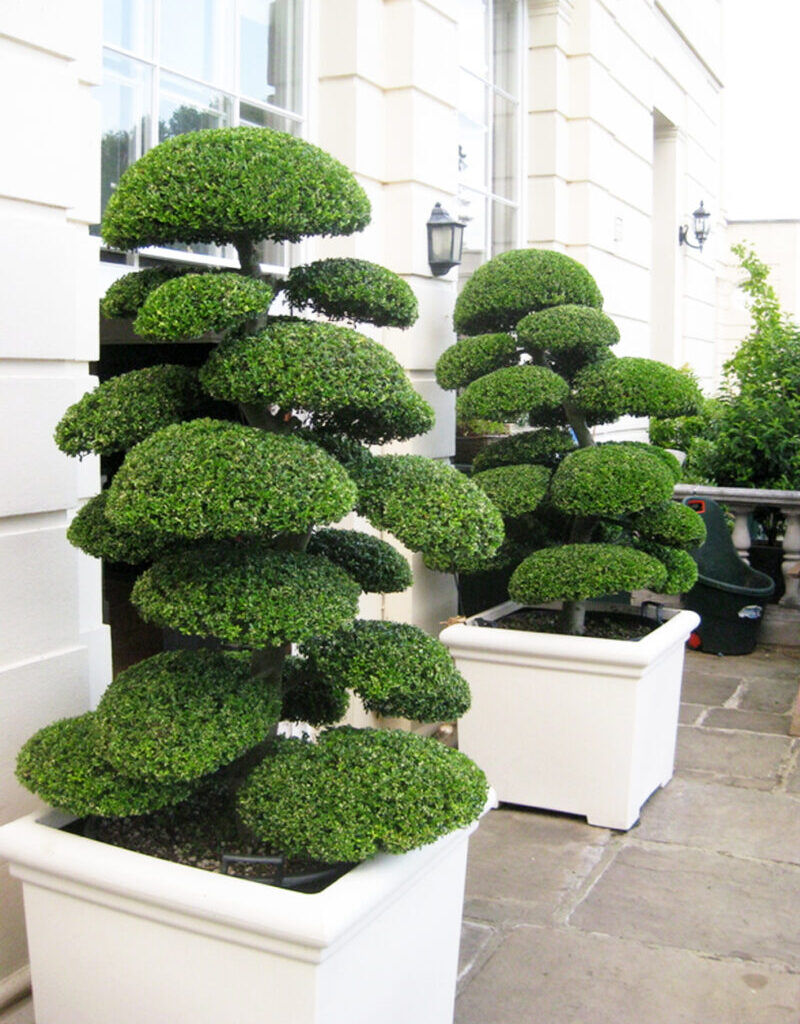
A sleek boxwood alternative.
Japanese holly mimics the look of boxwood with small, glossy leaves, but it offers a different texture and can be shaped into similar forms. It tolerates shearing and is highly valued for hedging, knot gardens, or sculptural accents. Varieties like ‘Sky Pencil’ offer a tall, narrow silhouette perfect for modern designs or tight spaces. This evergreen is also deer-resistant and handles both sun and partial shade.
4. Blue Star Juniper (Juniperus squamata ‘Blue Star’)

Compact, colorful, and texturally rich.
This striking low-growing juniper features dense, steel-blue foliage arranged in tight whorls, creating a star-like effect. Blue Star Juniper grows in a mounding habit and stays under 3 feet tall, making it perfect for front borders, rock gardens, or containers. Its vibrant blue color stands out in all seasons, especially against darker greens. Drought-tolerant and tough, it’s a low-maintenance plant that delivers high sculptural value.
5. Italian Cypress (Cupressus sempervirens)

Tall and narrow with timeless Mediterranean flair.
Few plants add instant drama like the Italian cypress. Its soaring, pencil-thin profile makes it ideal for flanking entrances, lining paths, or creating vertical contrast in horizontal garden spaces. Though it prefers warmer climates, it thrives in full sun and well-drained soil. This evergreen’s rigid form and rich green color offer architectural elegance that fits both traditional and modern landscapes.
6. Podocarpus (Podocarpus macrophyllus)
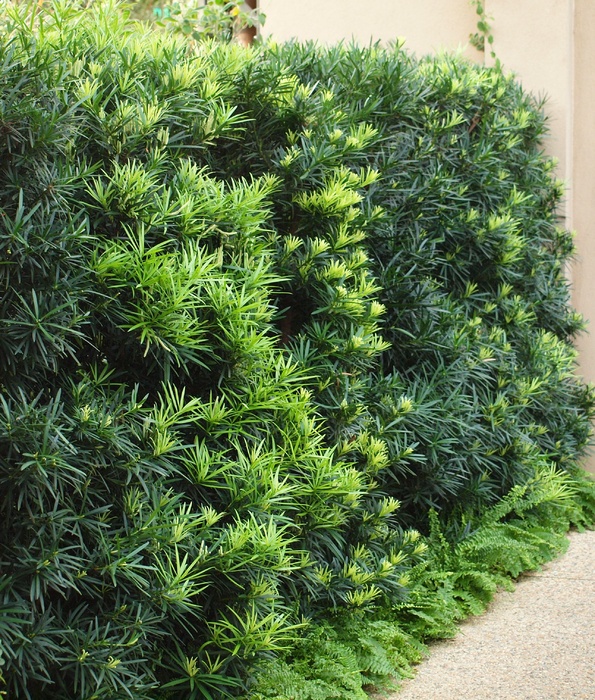
Refined foliage and sculptural form.
Podocarpus, or yew pine, is an elegant evergreen shrub or small tree with narrow, dark green leaves. Its natural columnar form can be pruned into hedges, topiary, or cloud-like bonsai shapes. It adapts well to both formal and naturalistic styles and grows well in containers or in the ground. Podocarpus is shade-tolerant, drought-resistant once established, and ideal for subtropical to warm climates.
7. Spiral Arborvitae (Thuja occidentalis)

Twist and style with evergreen reliability.
Spiral-pruned arborvitae are living sculptures that bring a touch of whimsy and elegance to garden entrances or patios. Naturally upright with dense, scale-like foliage, these plants are easy to shape and maintain with occasional trimming. Even without pruning, arborvitae varieties like ‘Emerald Green’ offer a tidy, conical form perfect for structure and privacy. Hardy and fast-growing, they thrive in full sun and well-drained soil.
8. Japanese White Pine (Pinus parviflora)
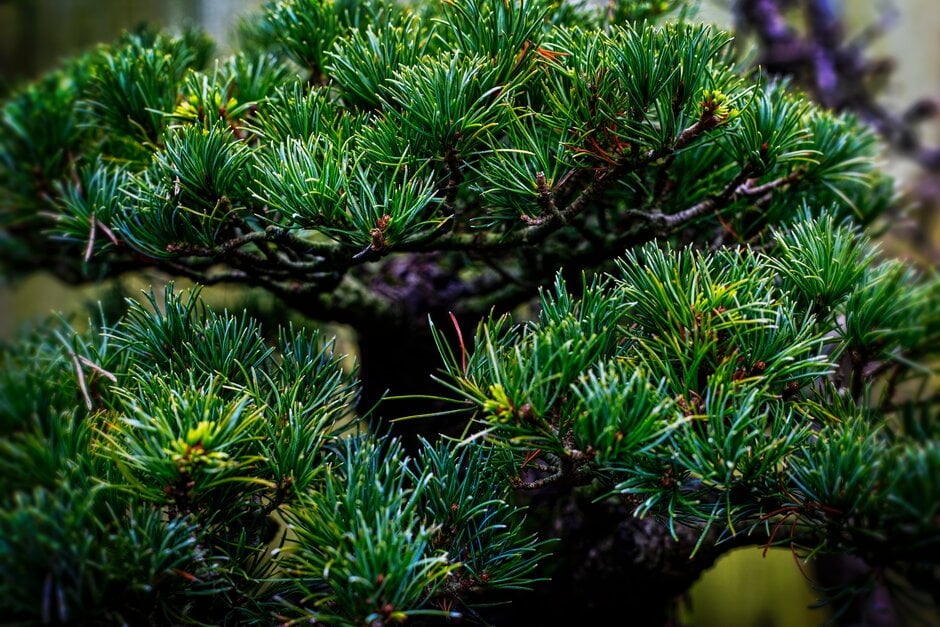
Elegant branching and year-round grace.
This slow-growing pine is prized for its open, irregular form and soft, silvery-blue needles. Japanese white pine adds a natural sculptural quality that evolves beautifully with age, especially when trained or pruned in the Japanese niwaki style. Its picturesque shape makes it a standout focal point in rock gardens, zen-inspired landscapes, or minimalist spaces. It’s low-maintenance and tolerant of poor soils once established.
9. Holly (Ilex aquifolium)
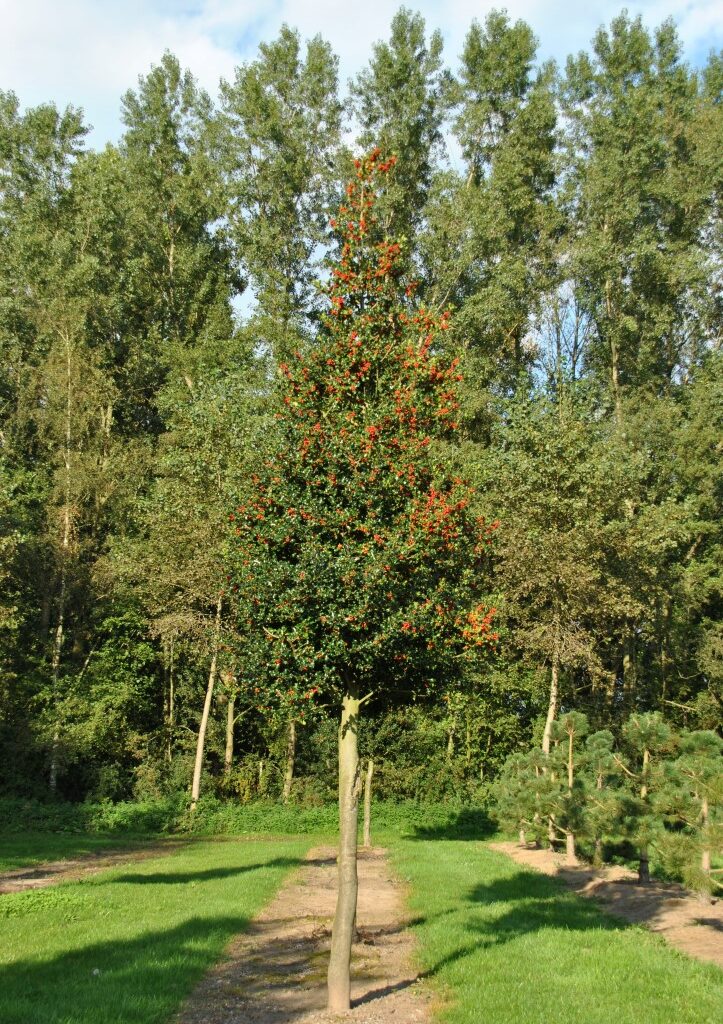
Spiny elegance with winter appeal.
Traditional English holly is iconic for its glossy, spined leaves and bright red berries in winter making it both sculptural and festive. It can be shaped into pyramids, lollipops, or grown as clipped hedges or bold accents. Evergreen hollies bring strong lines to the garden and are particularly impactful when planted in pairs or rows. Some dwarf varieties are perfect for pots or small urban gardens.
10. Olive Tree (Olea europaea)
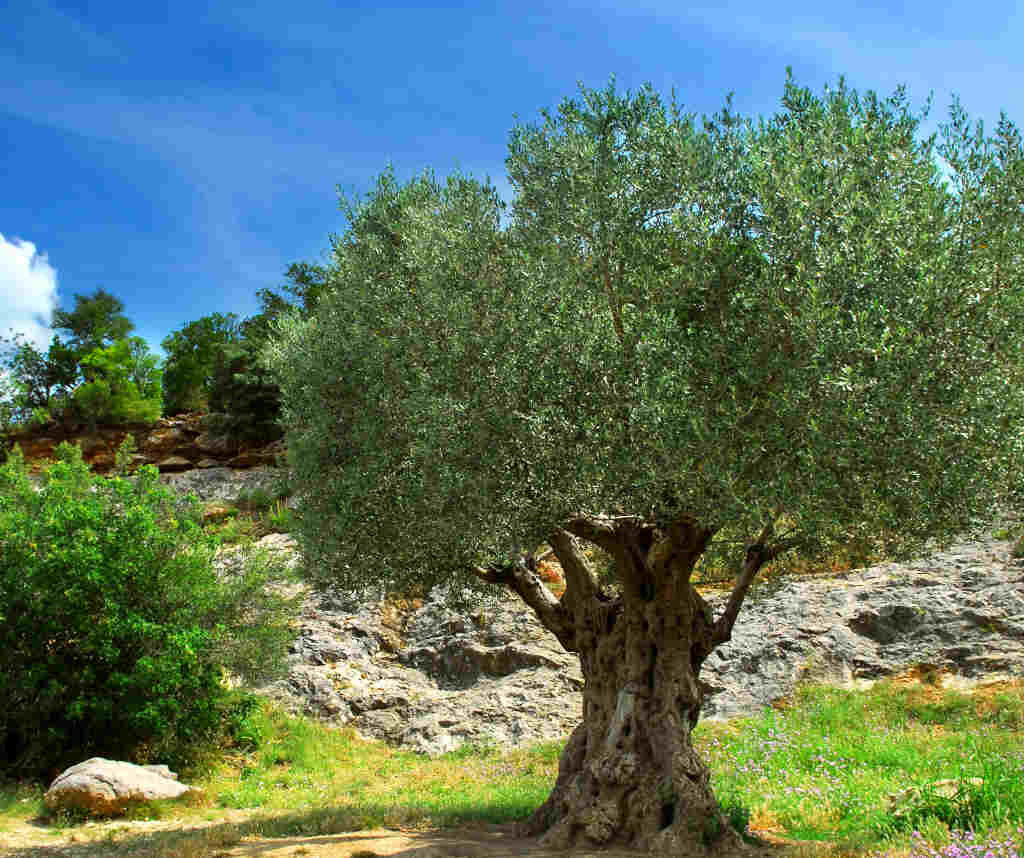
Subtle structure and silvery sophistication.
The olive tree is a sculptural showstopper in warm climates or as a container plant in cooler regions. With gnarled trunks, silvery-green foliage, and a clean, airy form, it brings Mediterranean charm and minimalistic elegance. While technically evergreen in warm zones, it does well in pots that can be moved indoors in winter. Drought-tolerant and low-maintenance, olives add rustic beauty and organic structure to patios and terraces.


